
Dr. Vikas Gupte brings to Fortis Spine Centre a very rich experience and expertise in performing Minimally Invasive and Endoscopic Spine surgeries.
Dr.Gupte has undergone a one year of Clinical Fellowship training in Minimal Invasive and Endoscopic Spine Surgery at Wooridul Spine Hospital, Seoul, Korea.
It is a renowned world-class dedicated hospital for spinal disorders and a recognized training center for American Board for Minimal Invasive Spine Surgery.
He is also an active member of Asian academy of Minimal Invasive Spine Surgery.
Click here to know more about Dr
Conventional Spine Surgery involves taking long incisions, forceful muscle retraction for prolonged time, removal of normal tissues like ligaments and bone to approach area of pathology. Most of the times these surgeries are done under prolonged general anesthesia.
Since normal tissues are not removed or damaged, post operative pain is less and also there is less chance of failed back syndrome.
To achive these objectives many advanced instruments like Microscope, Endoscope, Radio-frequency and Laser spectal less tissue damaging retractions
This is unique type of surgery done for prolapsed intervertebral disc prolapse. This truly minimal invasive spine surgery. This surgery is done using YESS scope and done under local anesthesia with conscous sedation.
Endoscope is passed under local anesthesia transforaminally in to affected disc and targeted fragmentectomy done. Wound is closed with single stitch.
Patient is mobilized and can be discharged same day.
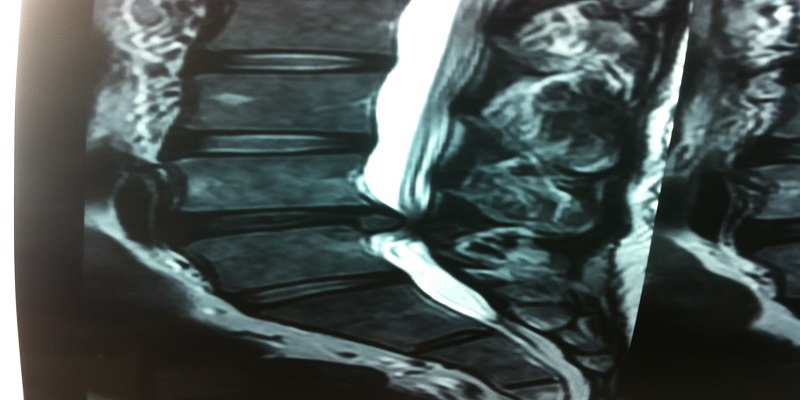
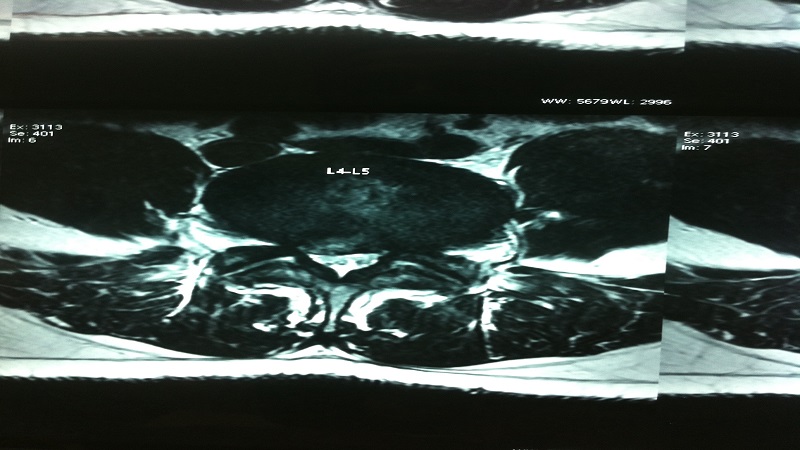
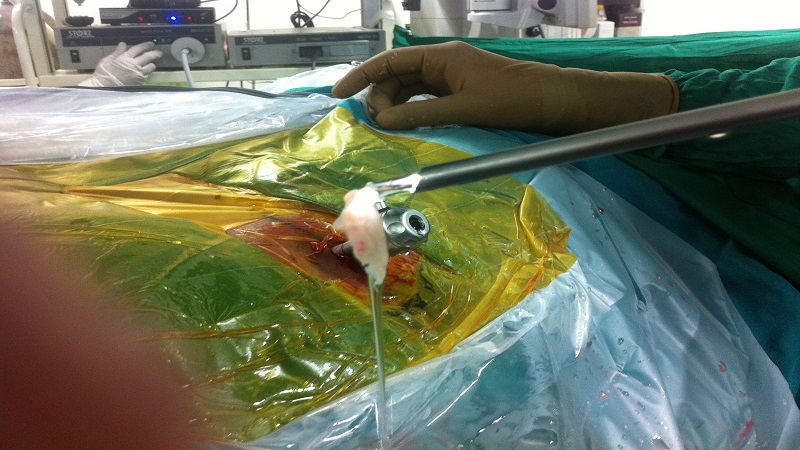
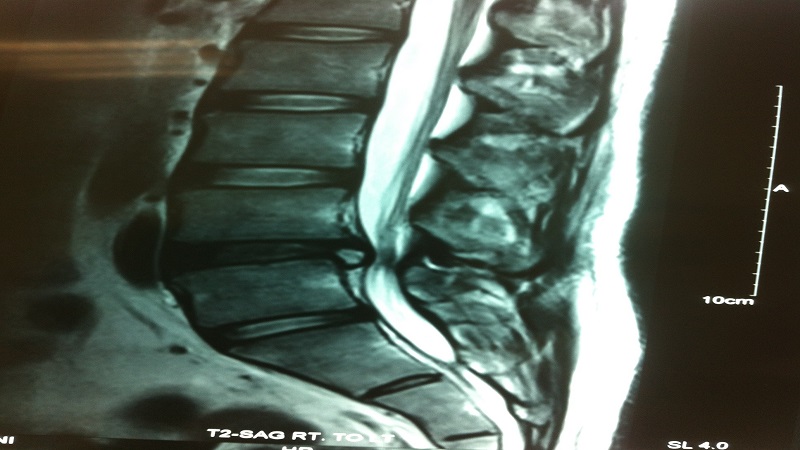
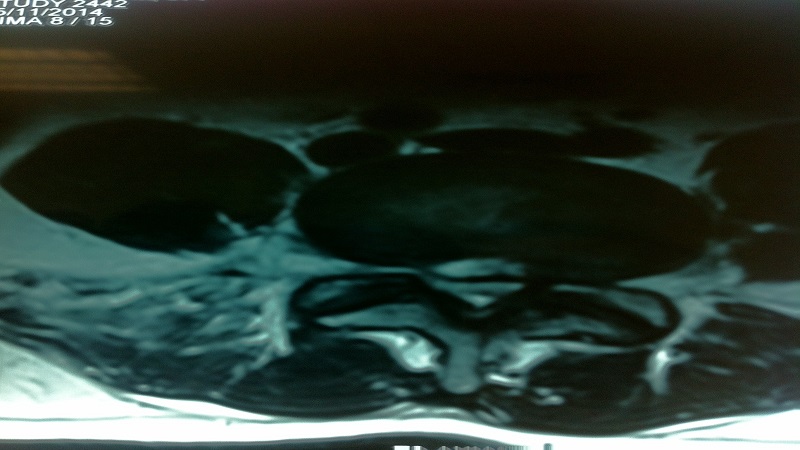
- Technique similar to microdiscectomy
- Paramedian muscle splitting approach
- Serial Dilators used to split muscle without causing damage to muscle
- Magnification /illumination using microscope on endoscope
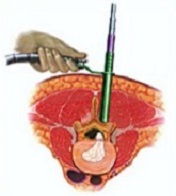
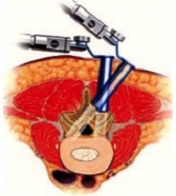
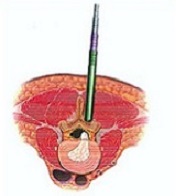
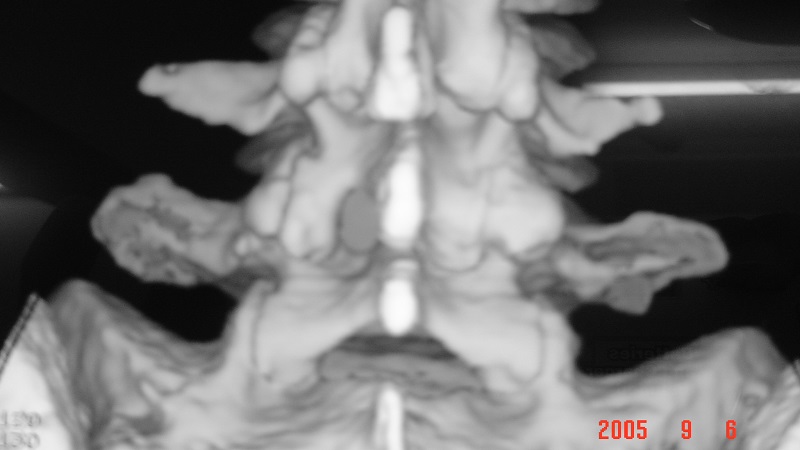
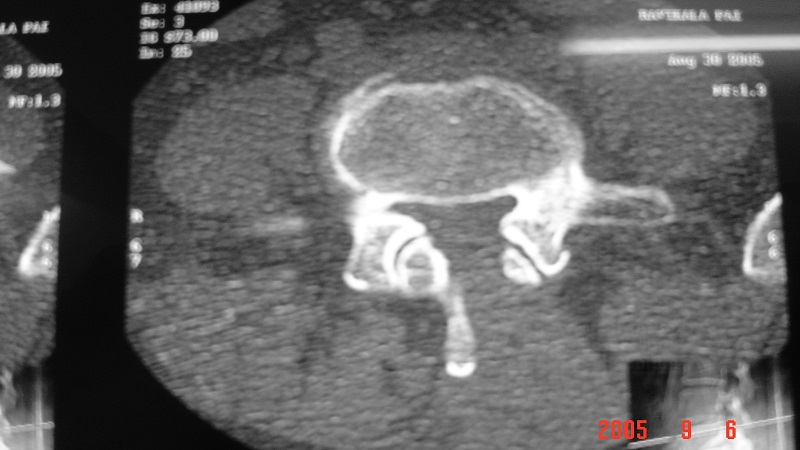
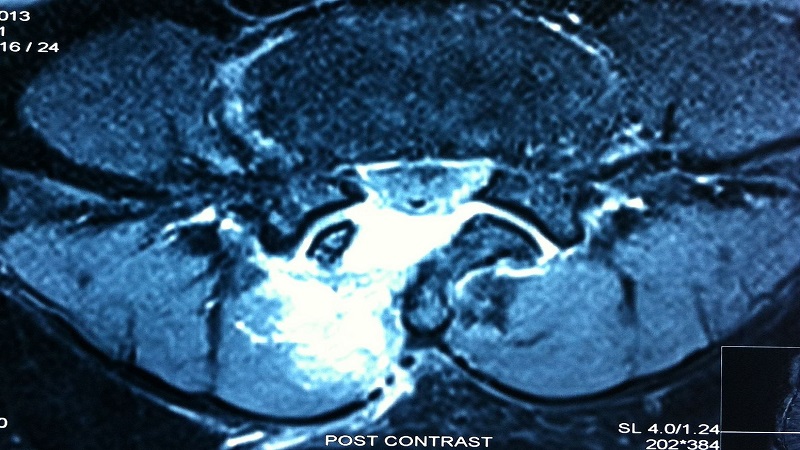
Lumbar Canal Stenosis is commonest condition affecting older age group. In this condition size of lumbar canal is decreased due to disc degeneration, annular bulging, decreased in disc height, in folding of ligamentum flavum, facetal degeneration and osteophyte formation. Patient presents with leg pains/claudication on walking, neurological deficits and parasthesia and occasionally backache with stiffness.
Traditional surgical treatment of lumbar canal stenosis has been decompression by laminectomy, which gives good symptomatic relief however can cause morbidity due to instability and loss of posterior elements of spine, also can cause lots of epidural scarring.
Using Minimal Invasive Spine Surgical principals, we have been doing micro decompression of lumbar canal bilaterally using unilateral approach. This approach involves minimal normal tissue damage and at the same time achieves complete decompression of lumbar canal and foramen.
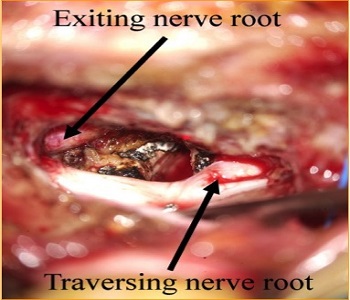
In degenerative canal stenosis multilevel,without instability and with medical co-morbidities we prefer spinous process splitting microdecompression. This method of surgery is developed by us
- Spinous process split in middle without touching muscle attachment which is kept intact
- Decompression done using microscope
- Normal anatomy restored at end of surgery
- Muscle attachment preserved
- Fusion can be avoided
- Can also be combined with fusion surgery using cortical screws
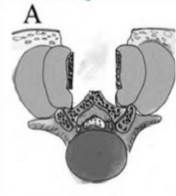
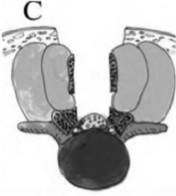
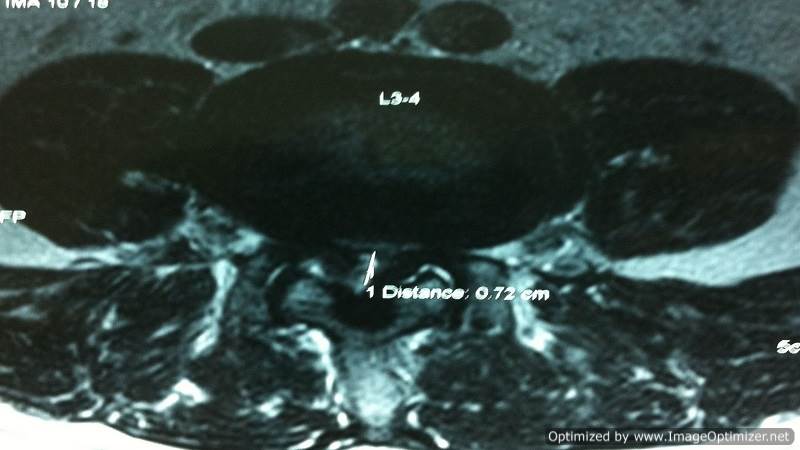
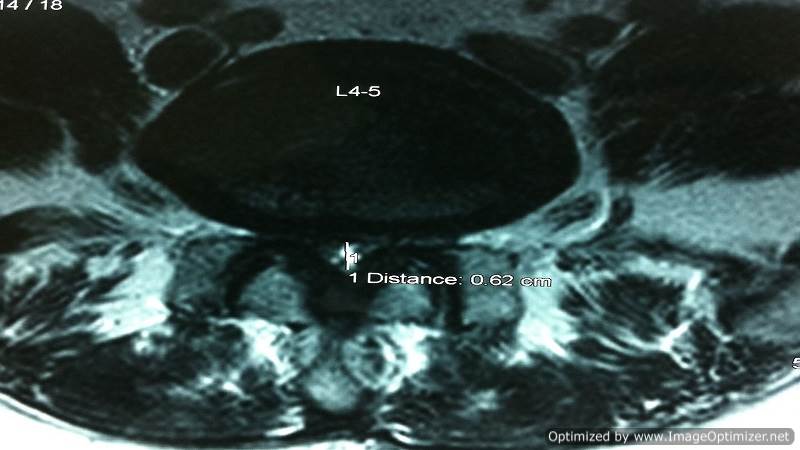
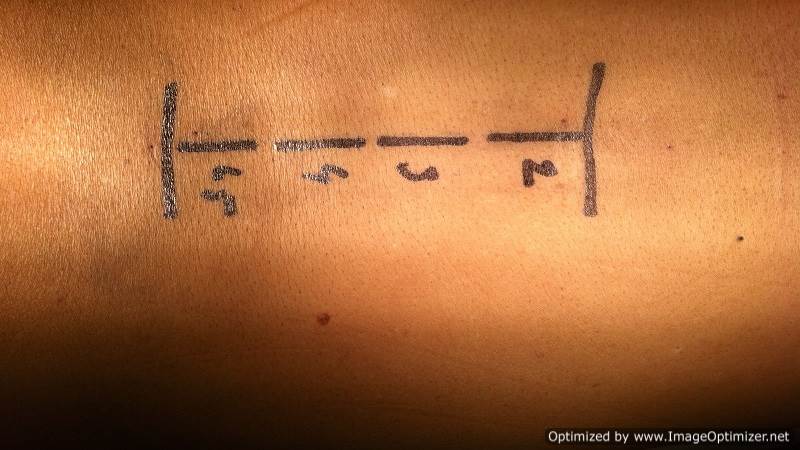
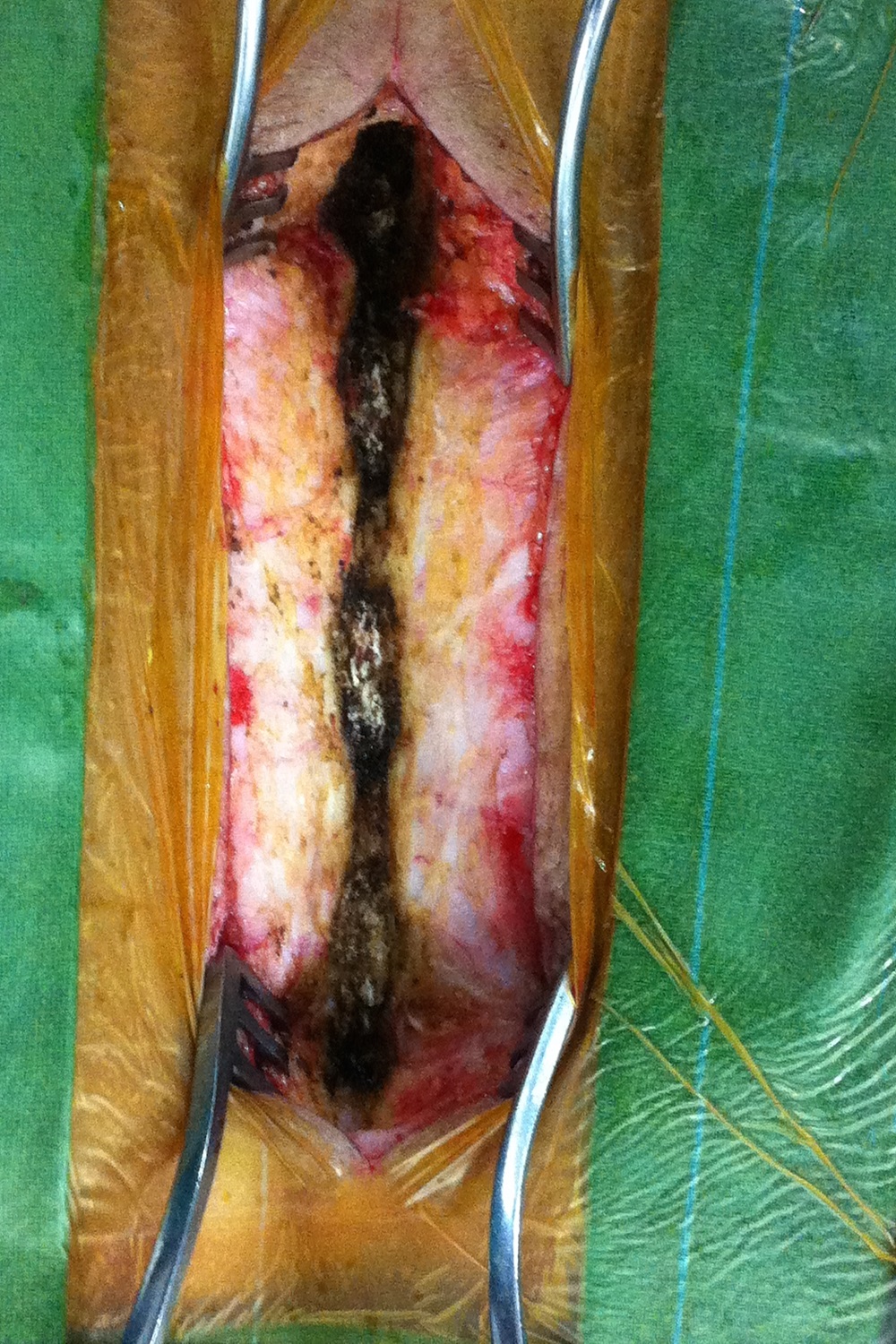
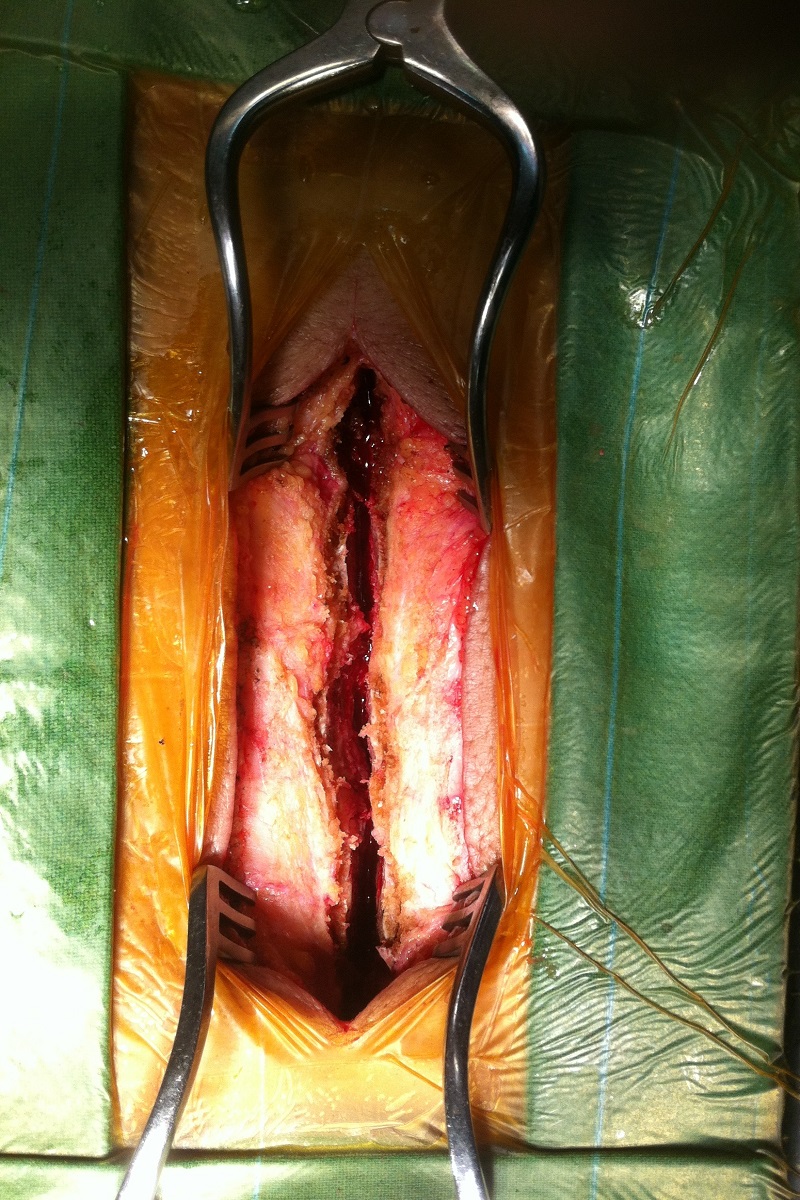
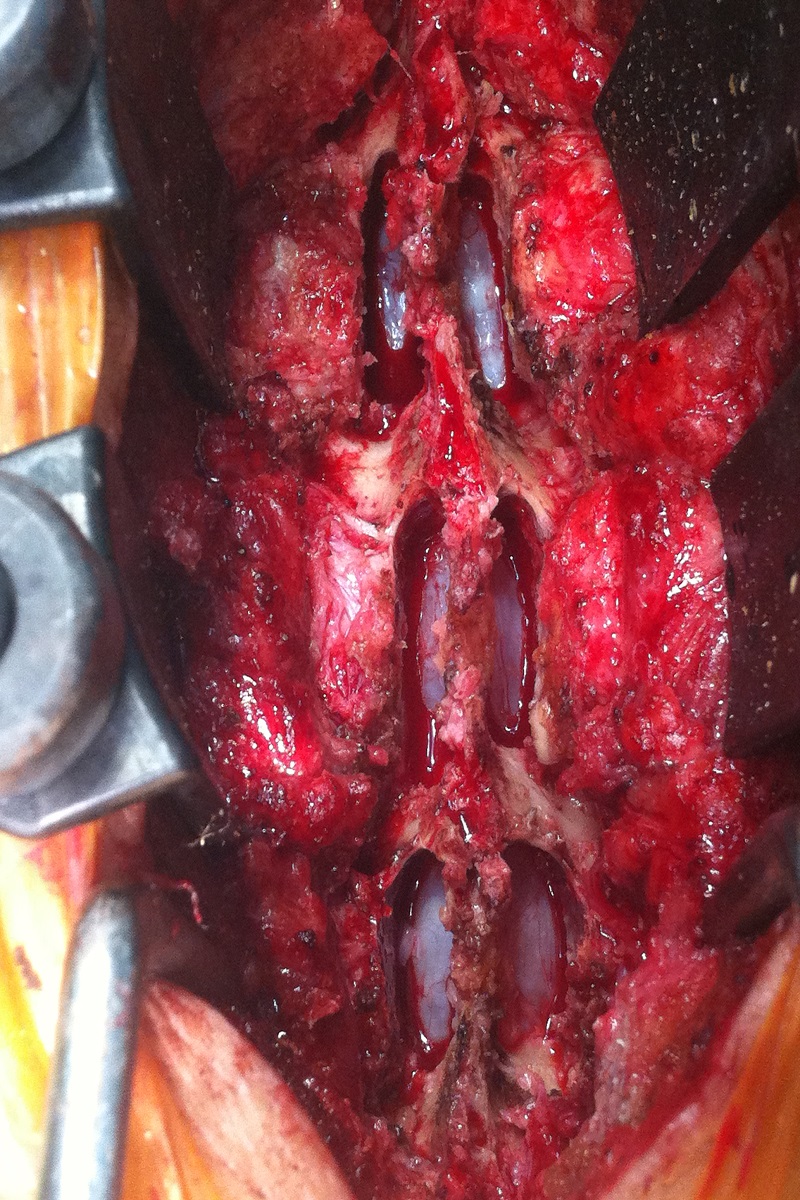
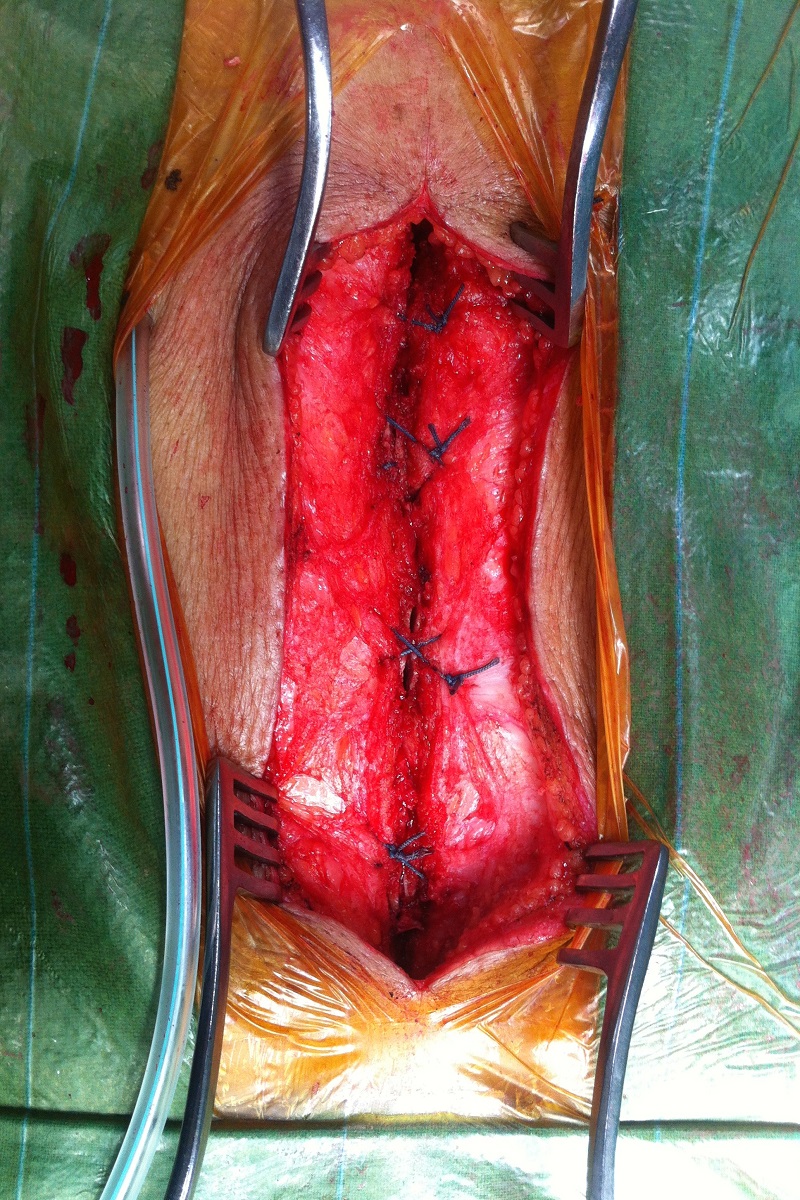
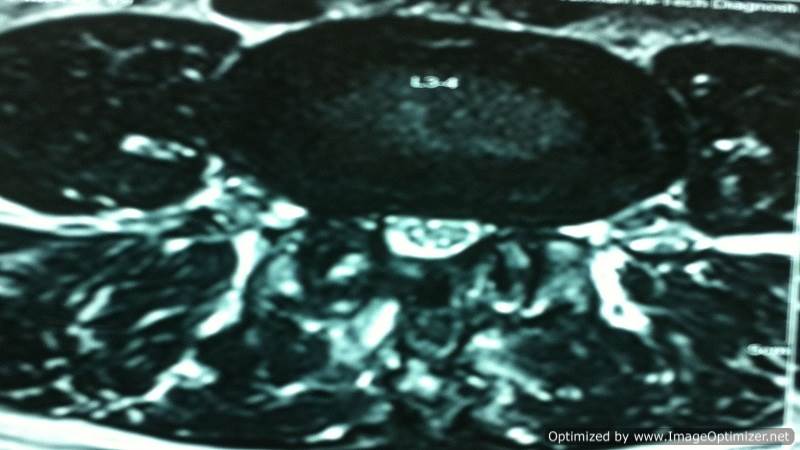
Spinal fusion may be required for many pathologies causing instability of spine. In lumbar spine area, I have been doing posterior lumbar interbody fusion surgery using interbody cages with bone grafts and posterior stabilization using pedicle screw fixation.
With further refinement of surgical technique I have have been doing transforaminal lumbar fusion using minimal invasive technique. This technique preserves midline structures of spine, also reduces chances of epidural scarring.
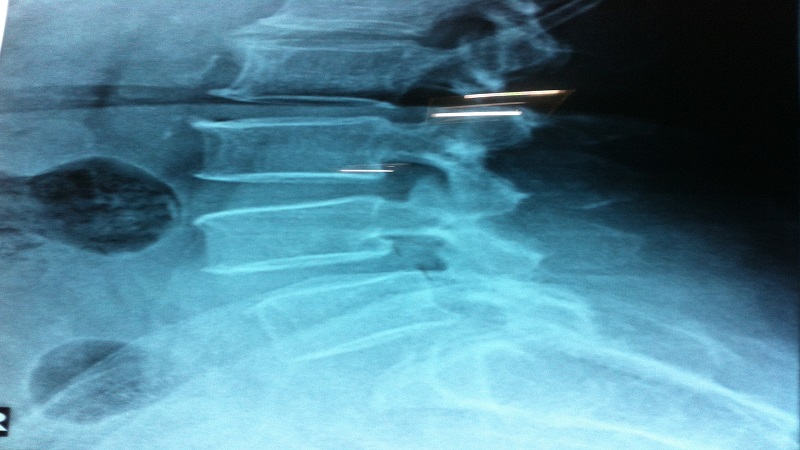
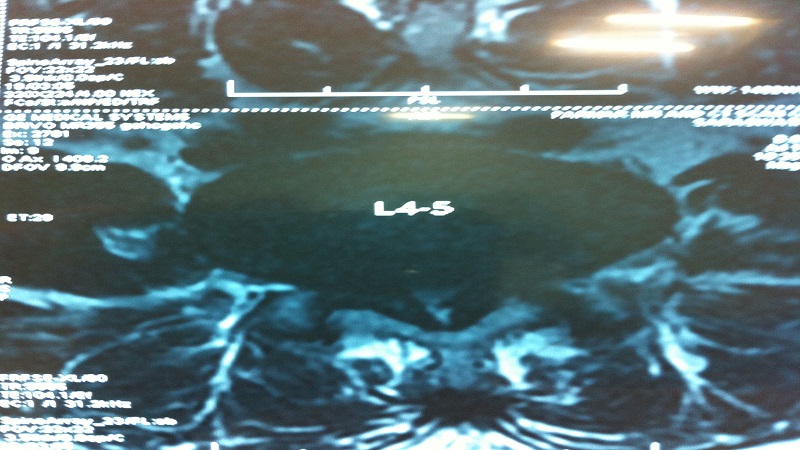
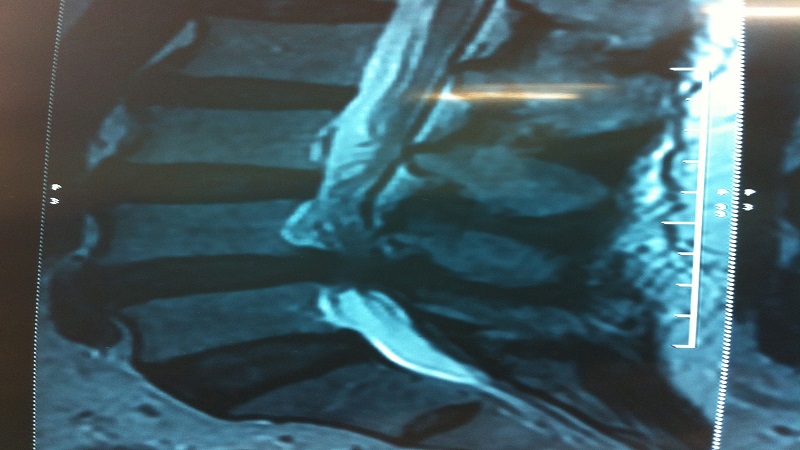
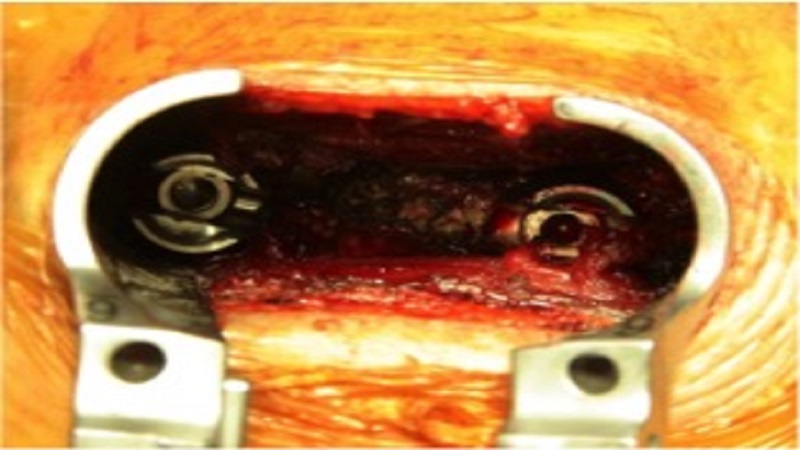
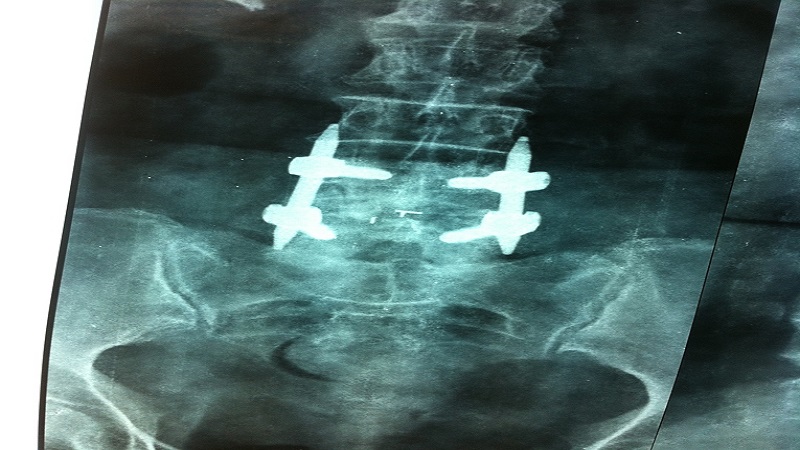
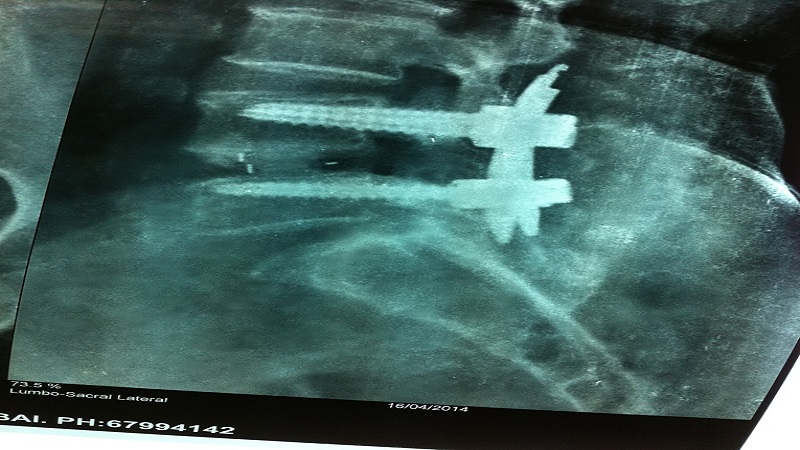
Osteoporotic compression fracture is very common occurrence in elderly even after trivial trauma. Inspite of adequate conservative treatment, pain of fracture persists. This can cause great morbidity and disability in elderly. I have been doing vertebroplasty under local anesthesia and IITV control. In this procedure special type of needle is inserted transpedicularly in to fractured vertebral body under local anesthesia and bone cement is injected. This bone cement after hardening supports fractured segment and pain is relieved. Since patient can be mobilized immediately, morbidity and complications associated with prolonged bed rest are reduced. Same technique is also used for metstatic bone fractures.
In selected cases I do balloon kyphoplasty,where fractured compressed vertebra is expanded to restore height
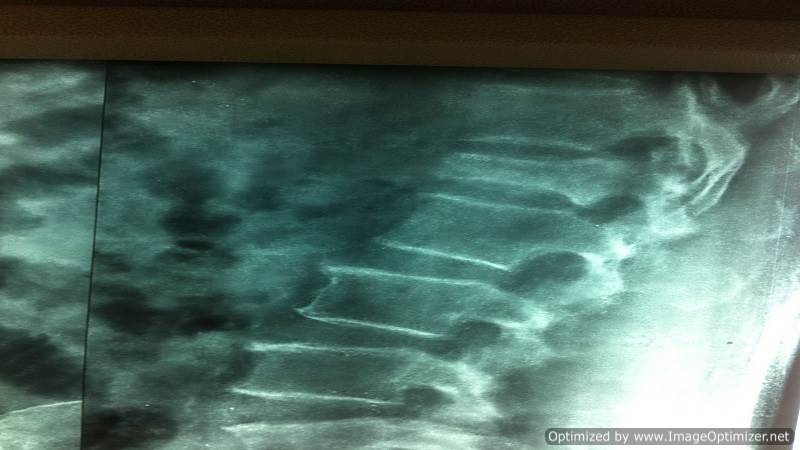
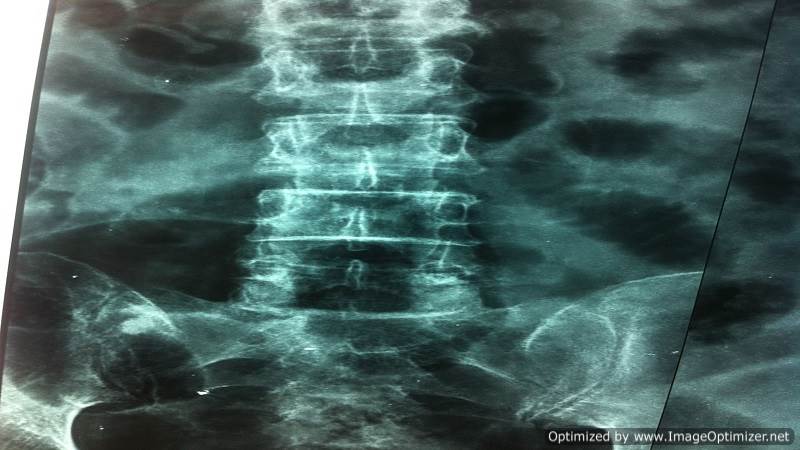
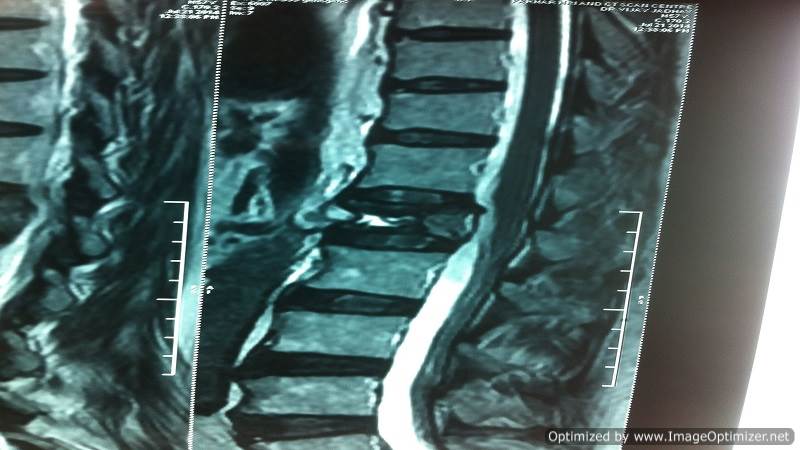
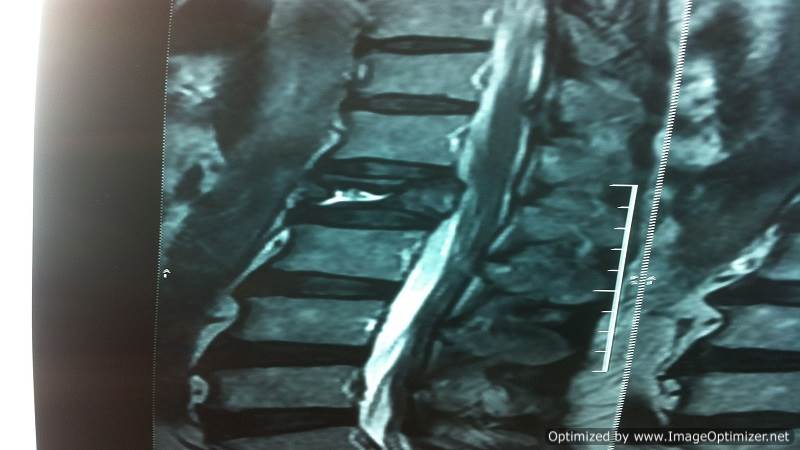
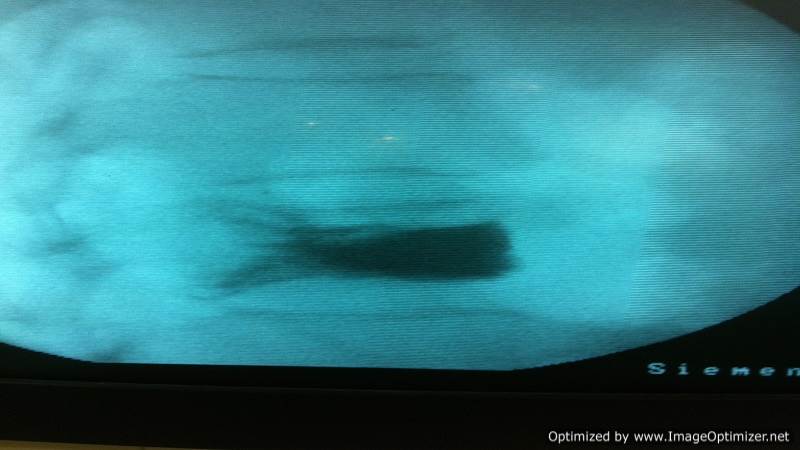
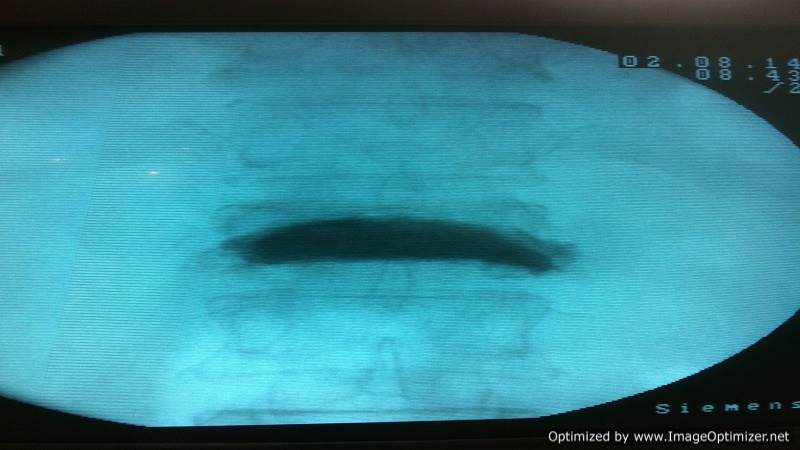
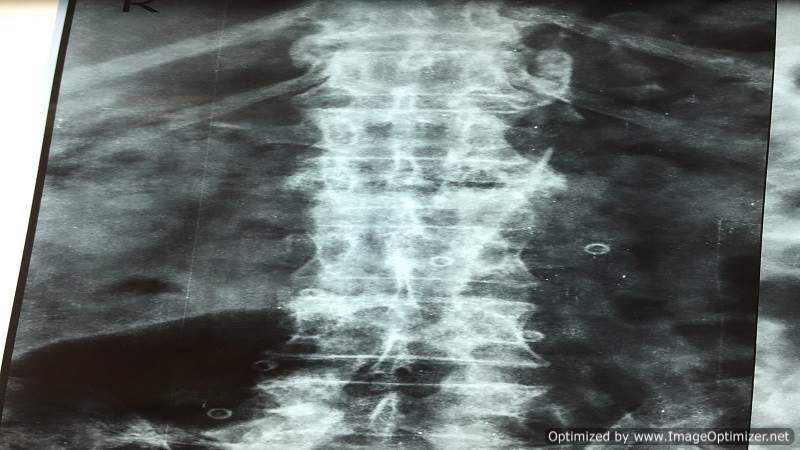
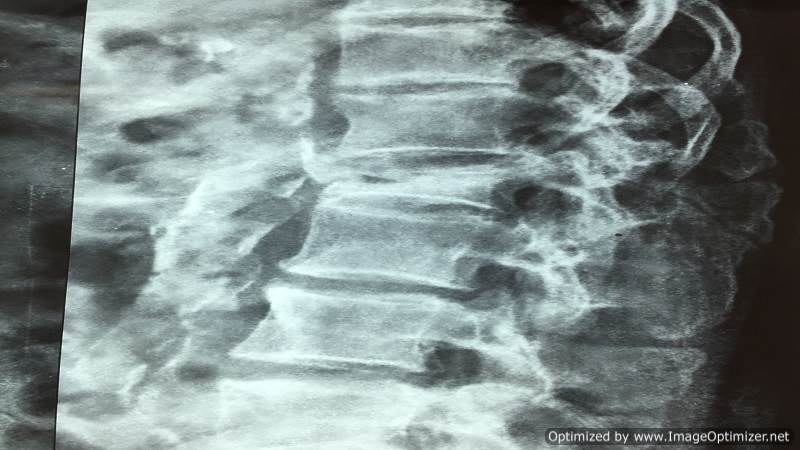
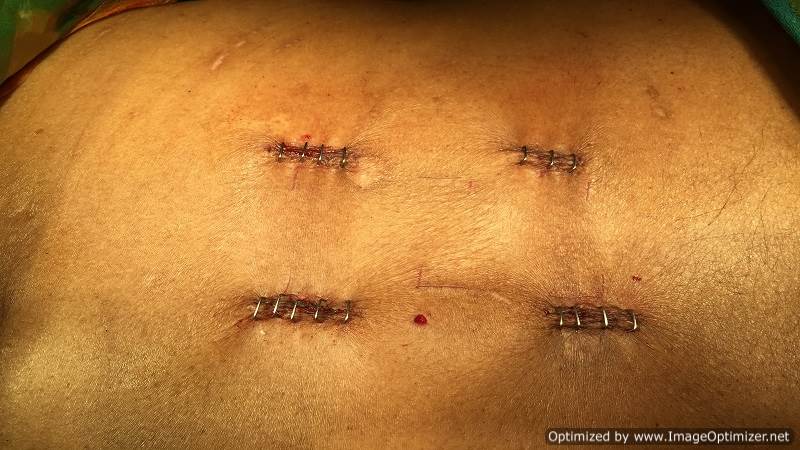
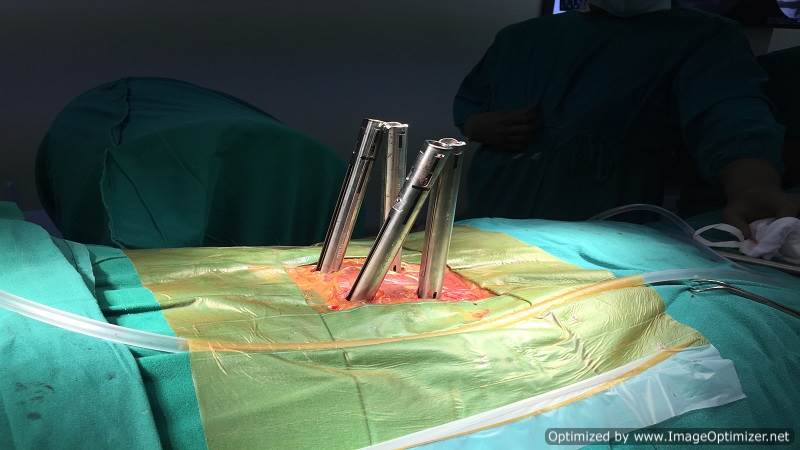
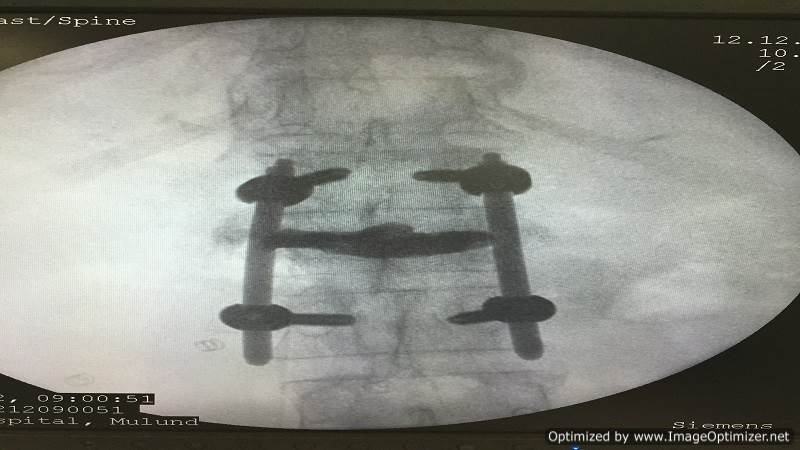
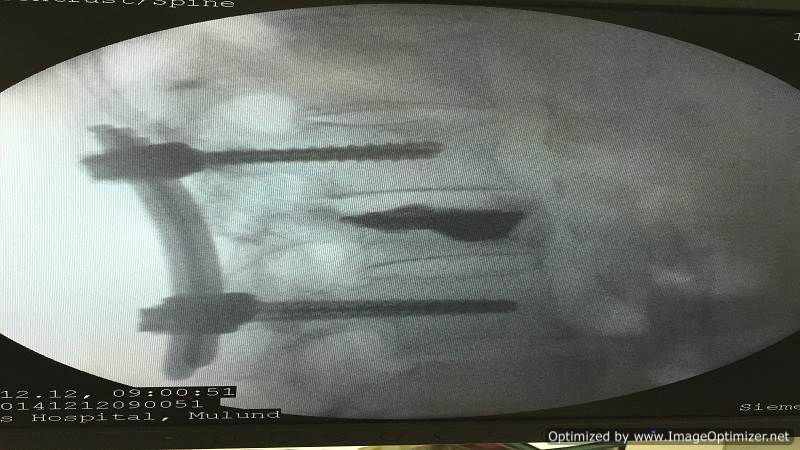
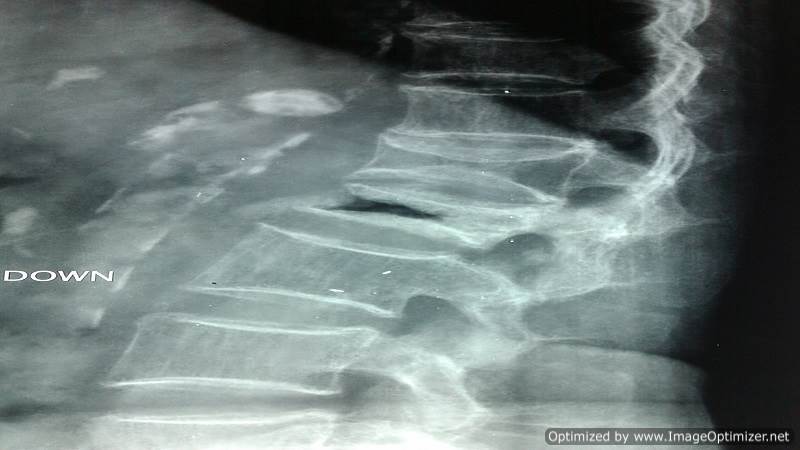
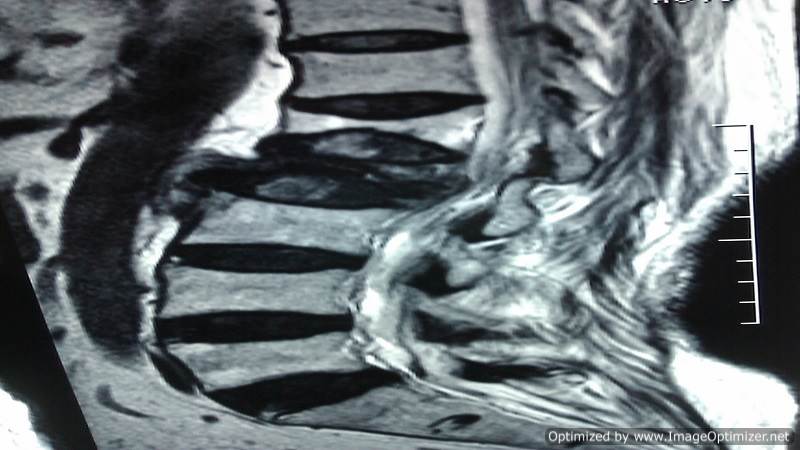
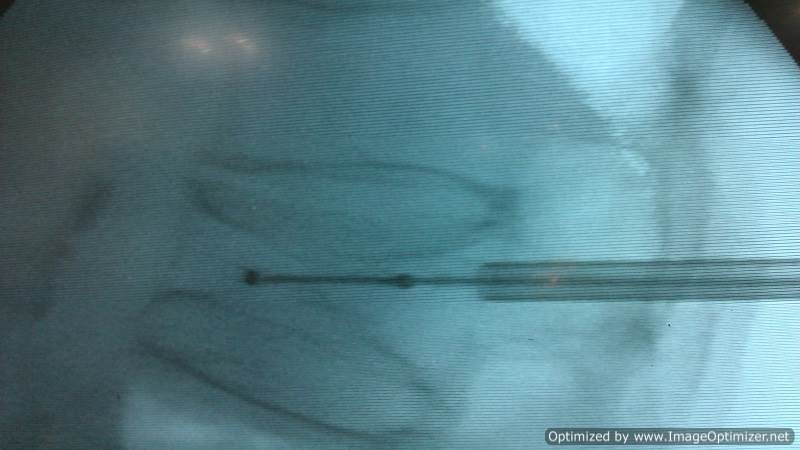
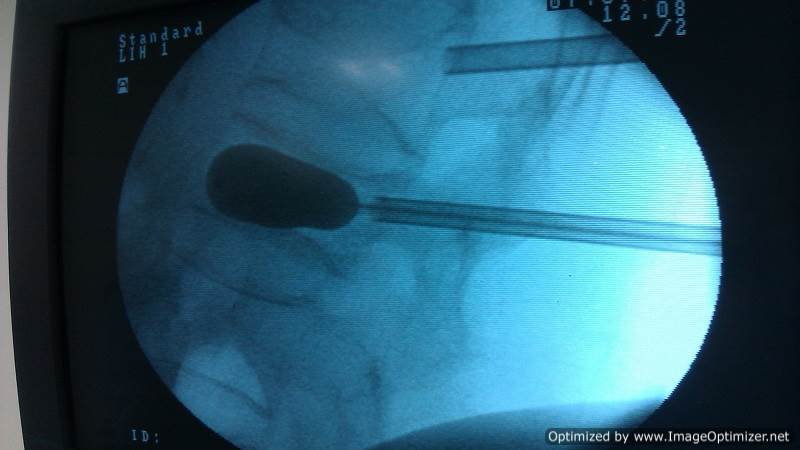
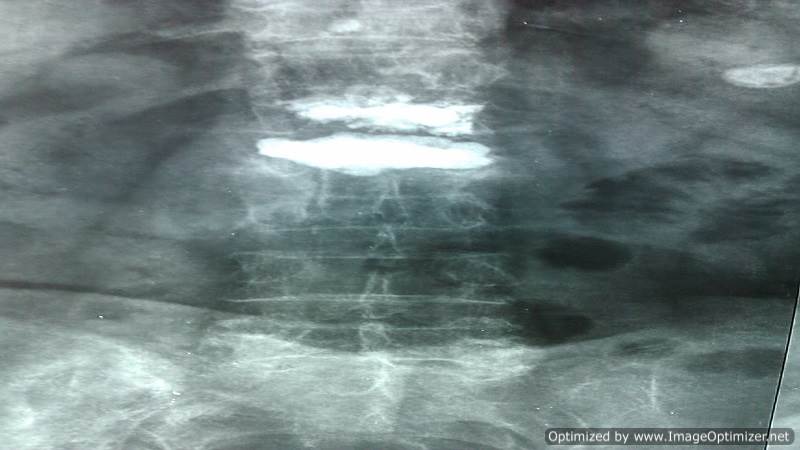
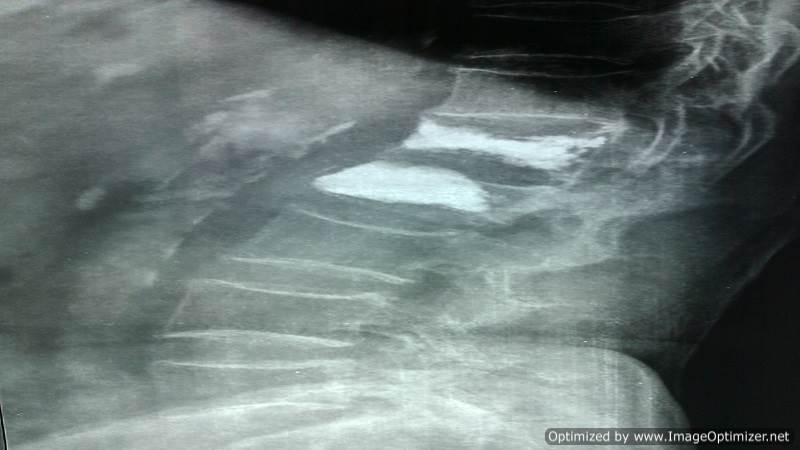
Using same technique of vertebroplasty, spinal veretebral body biopsy can be done. These are done under local anesthesia .
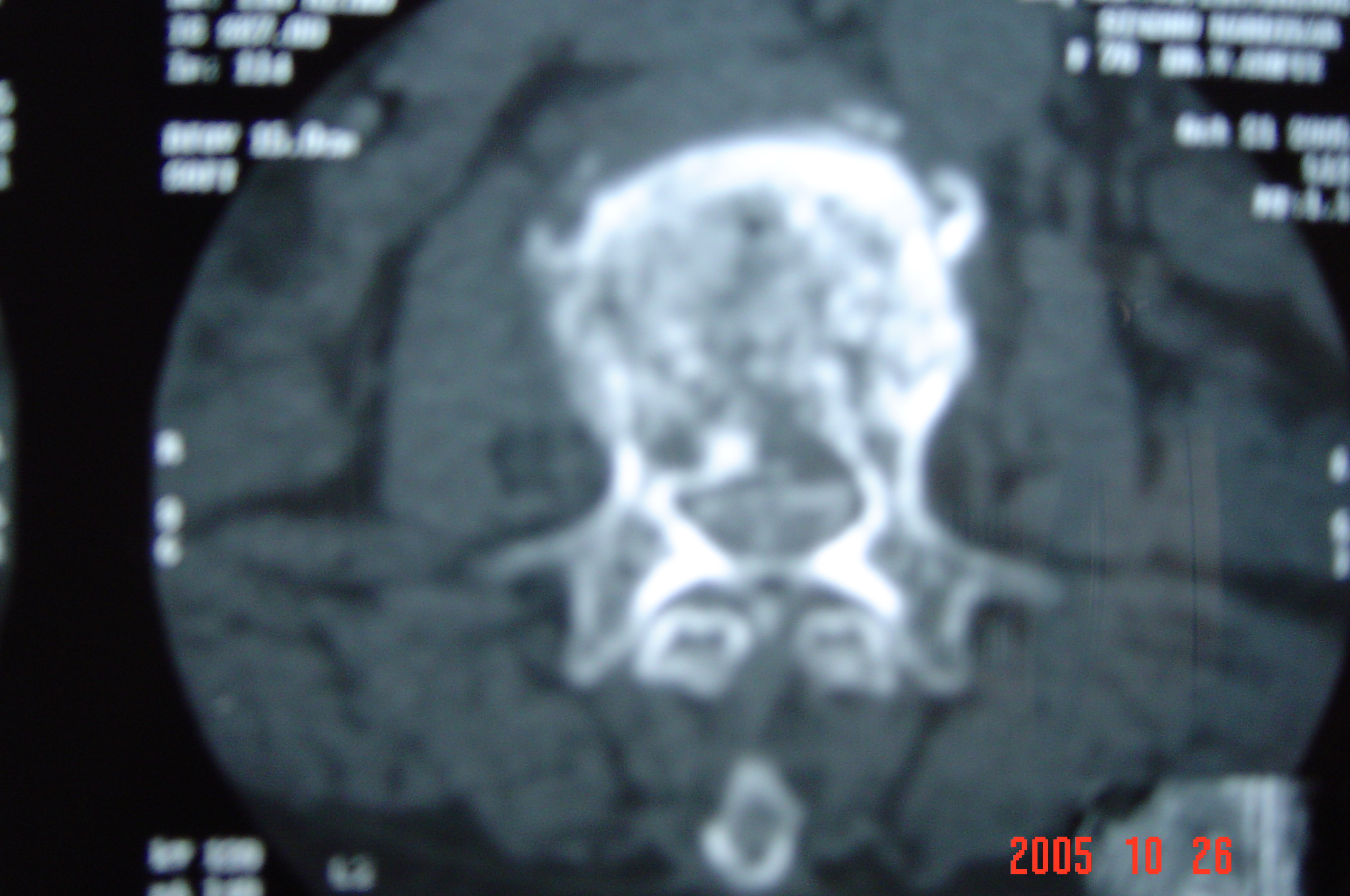
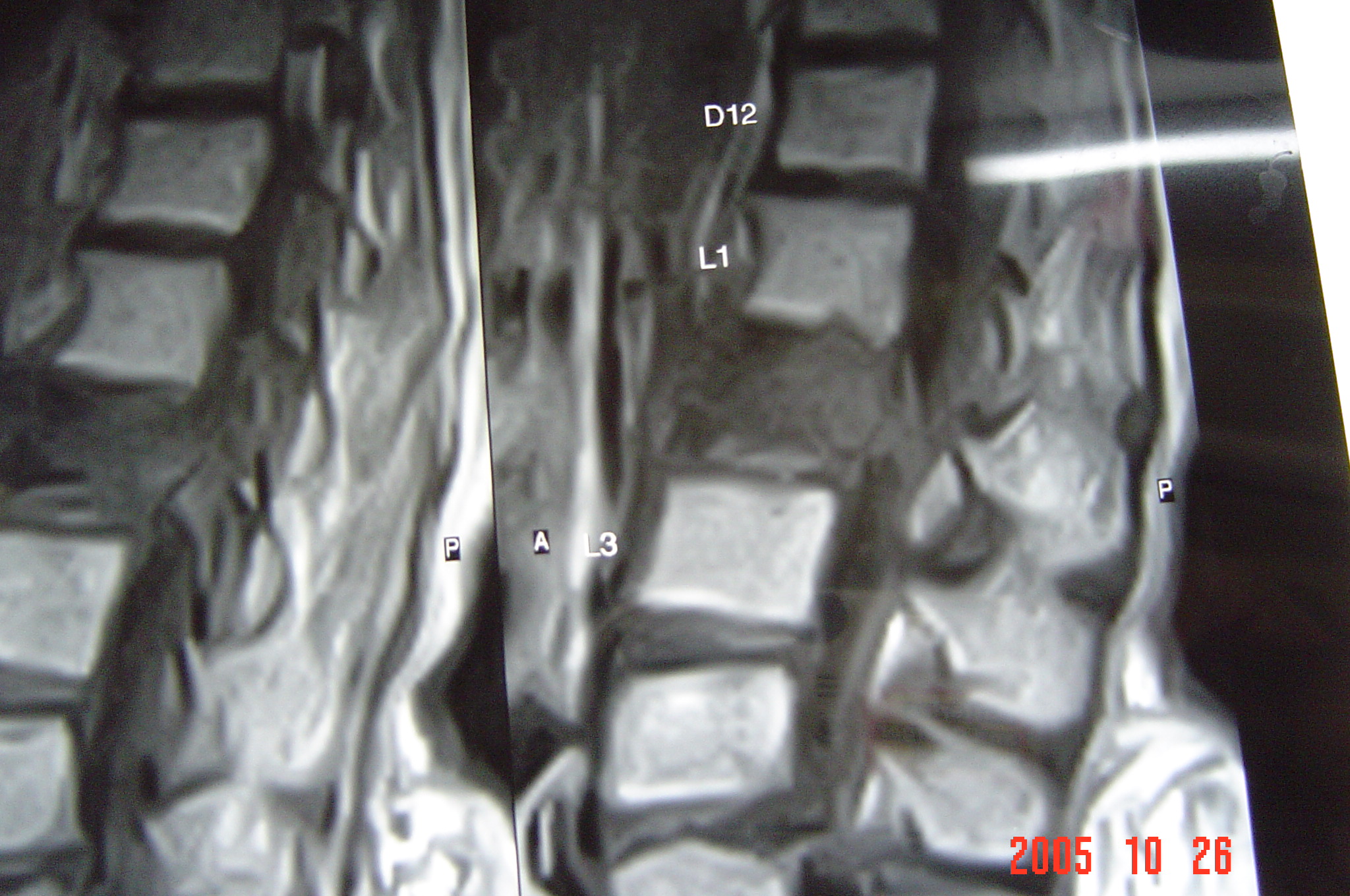
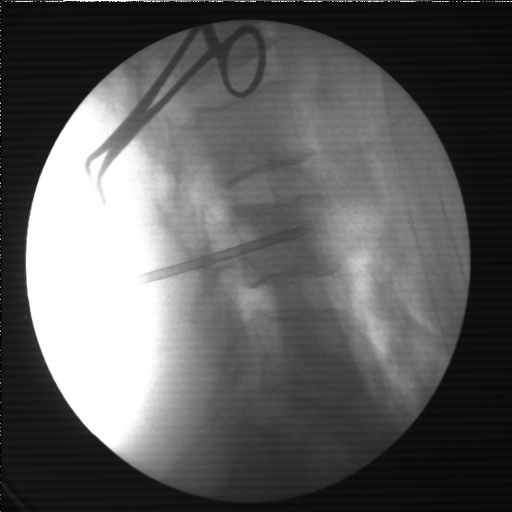
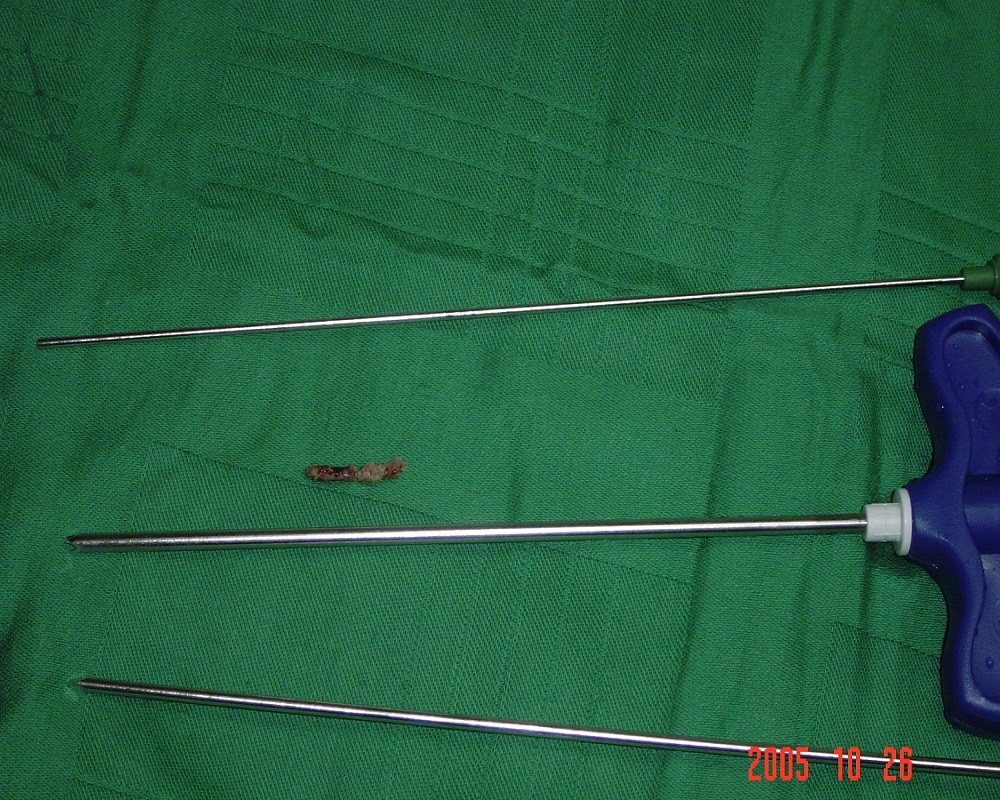
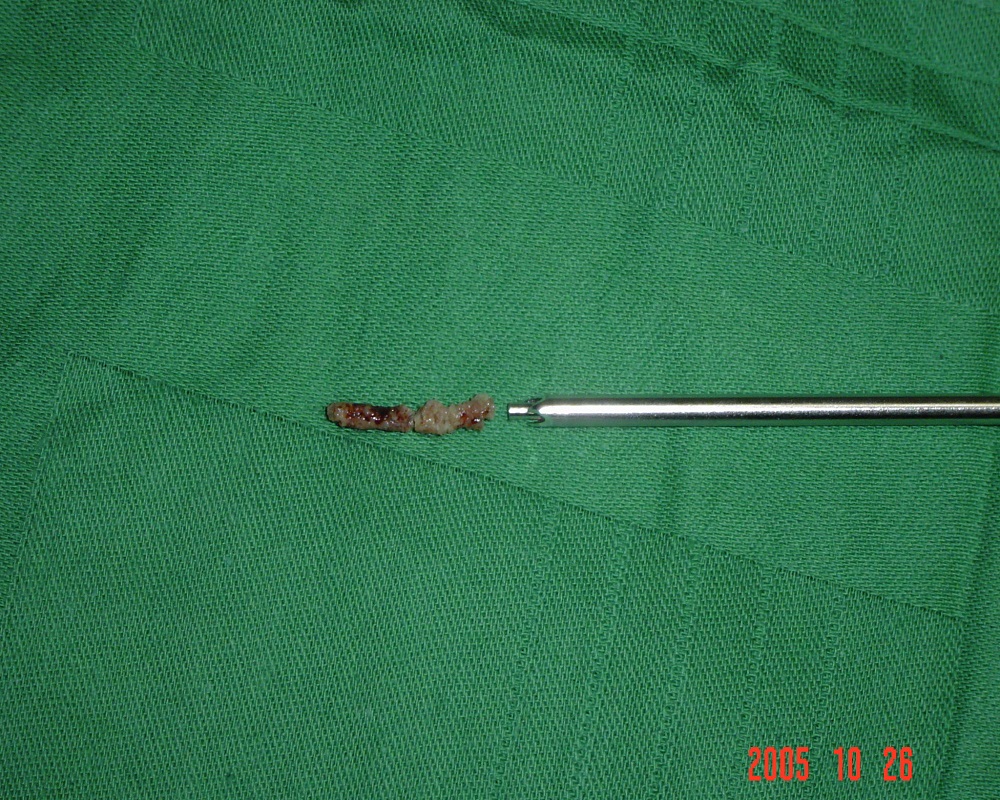
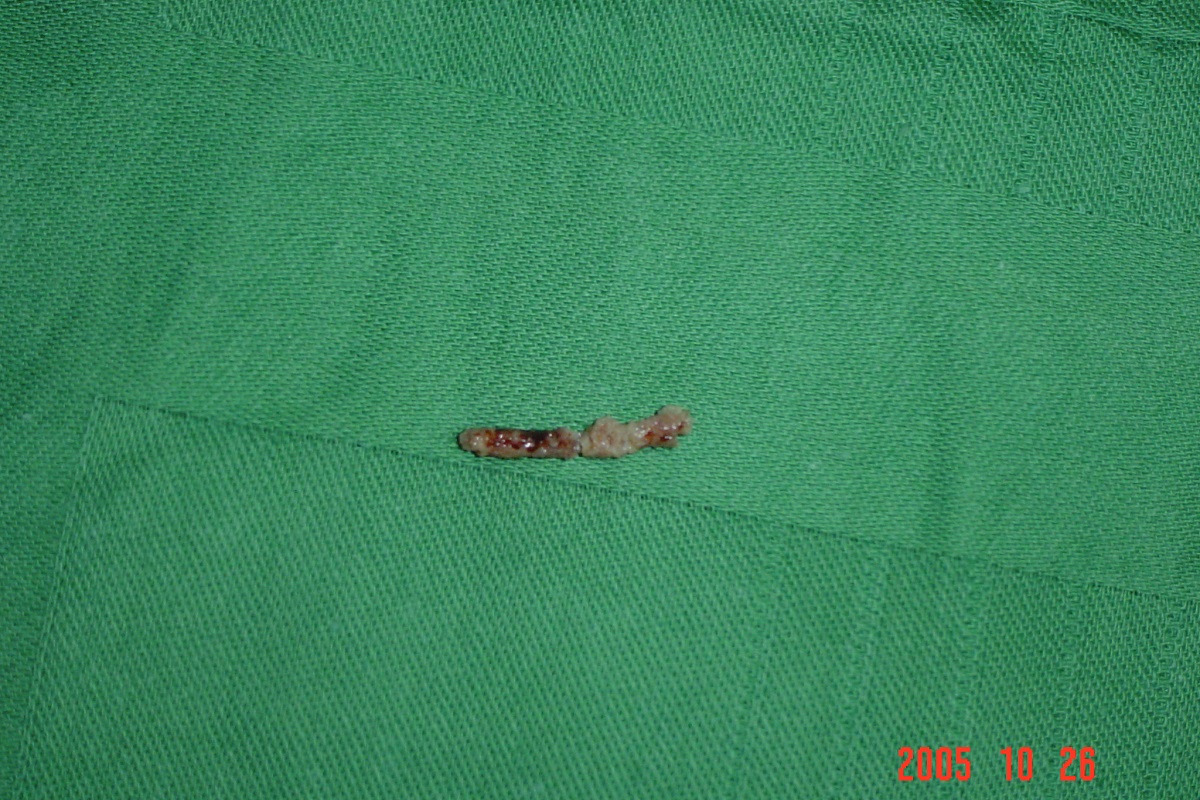
When indicated I do minimal invasive,percutaneous pedicle screw fixation / stabilisation.
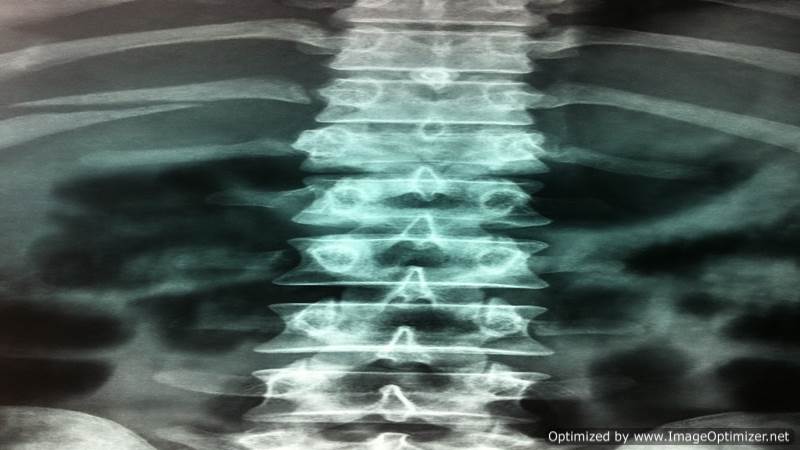
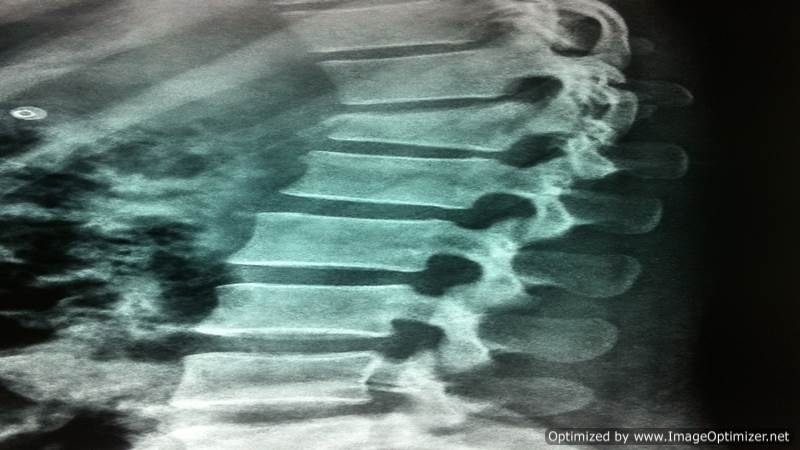
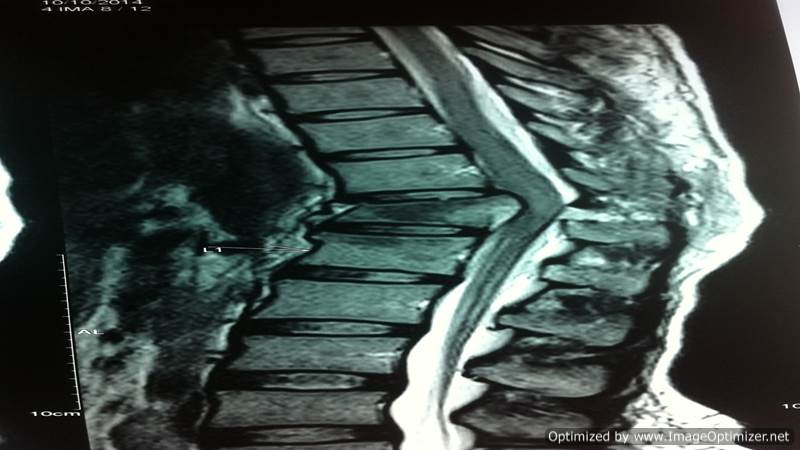
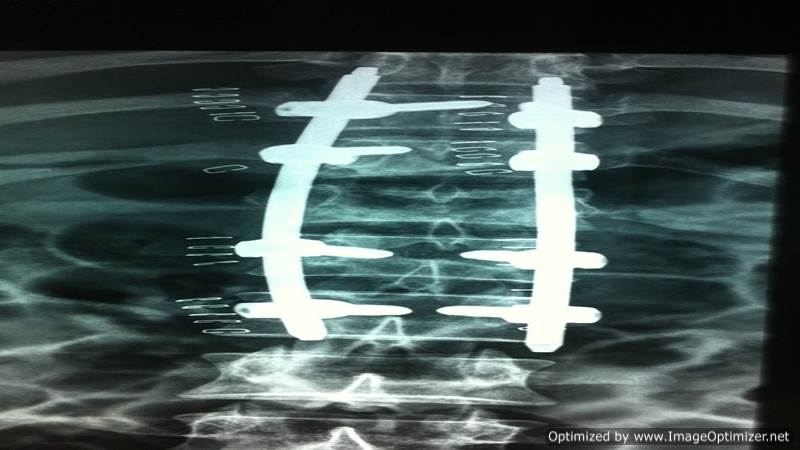
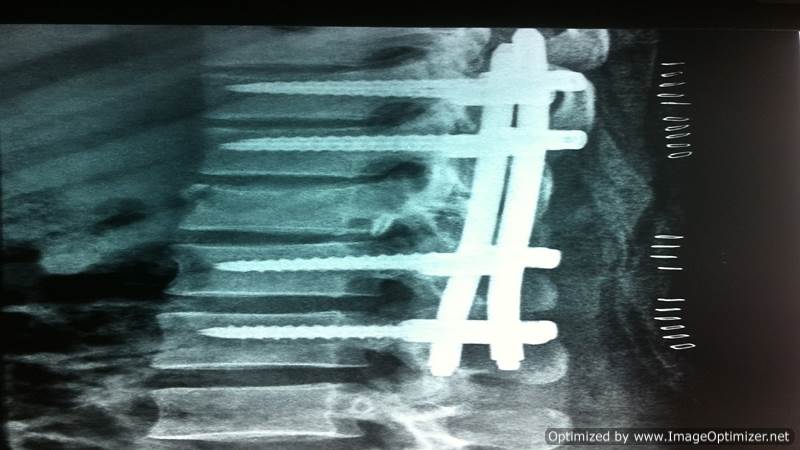
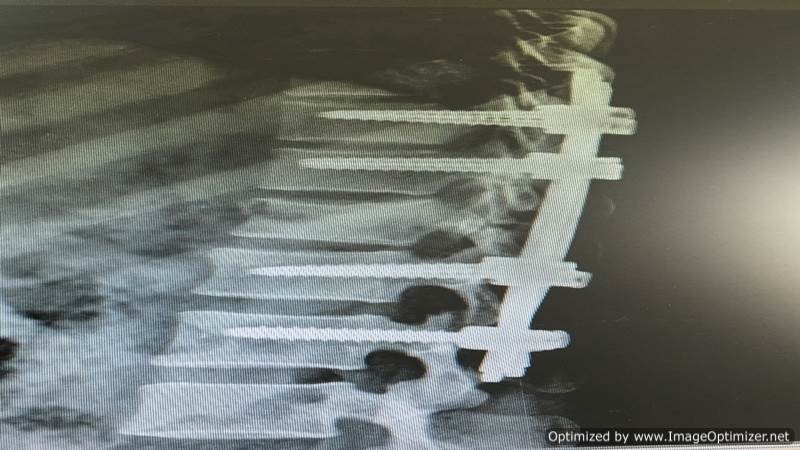
I commonly do Cervical Spine Surgeries for Cervical Disc Prolapse, Cervical Myelopathy, Cervical Trauma, Unstable Cervical Spine conditions using Minimal Invasive Spine Surgery principals.
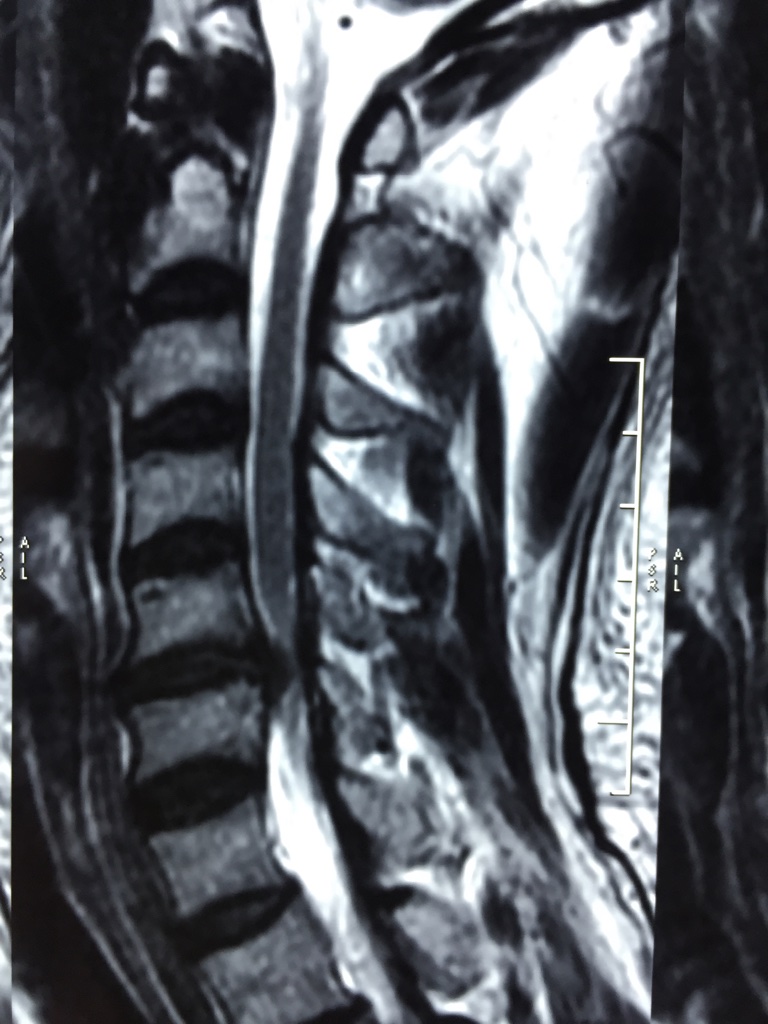
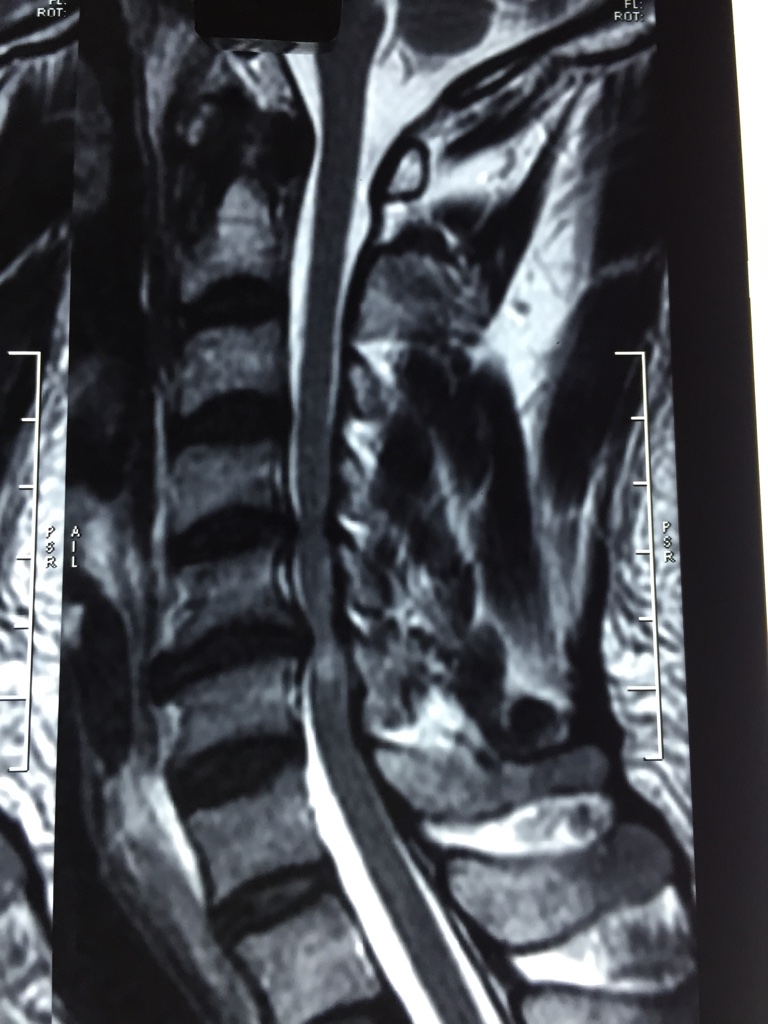
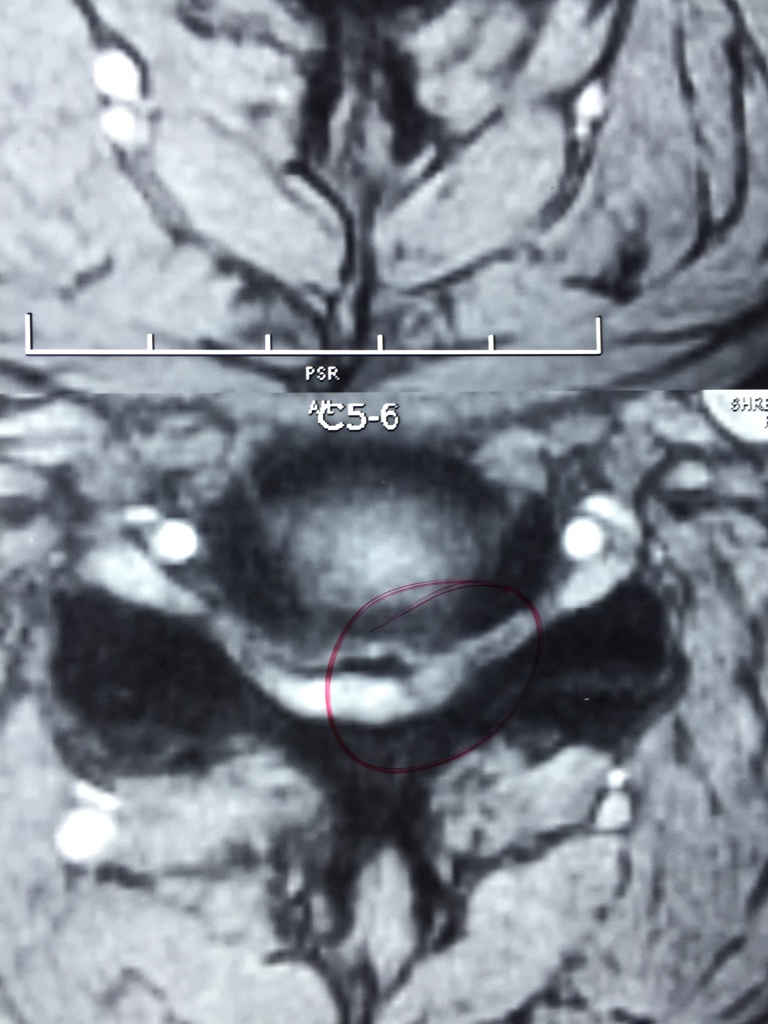
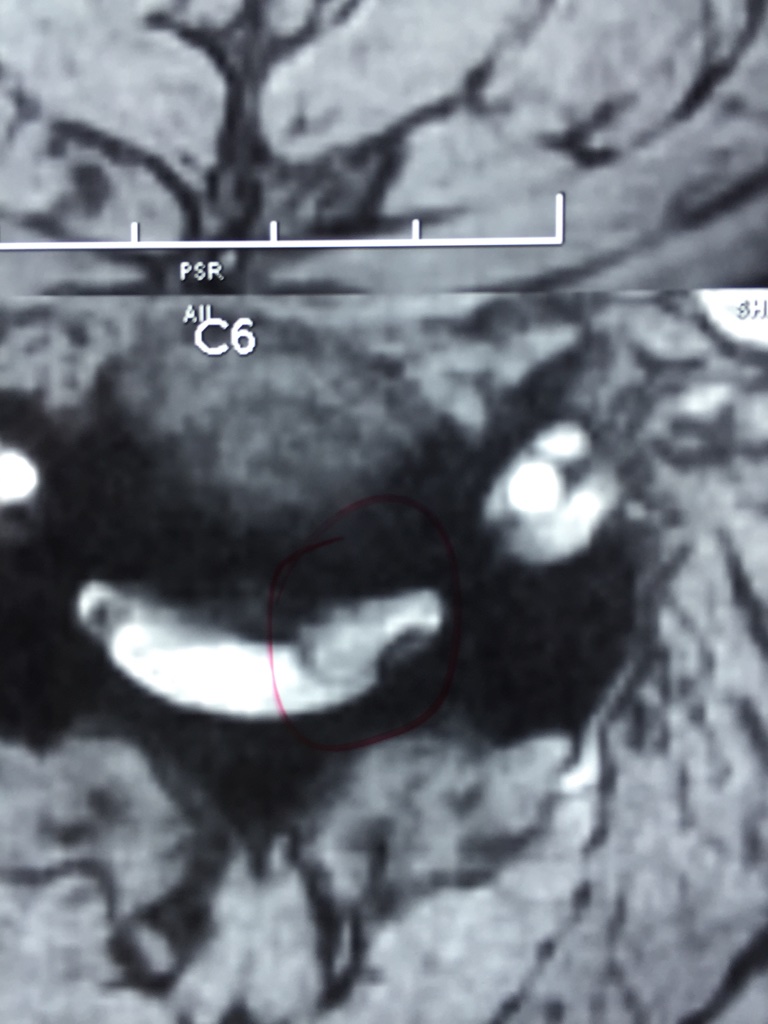
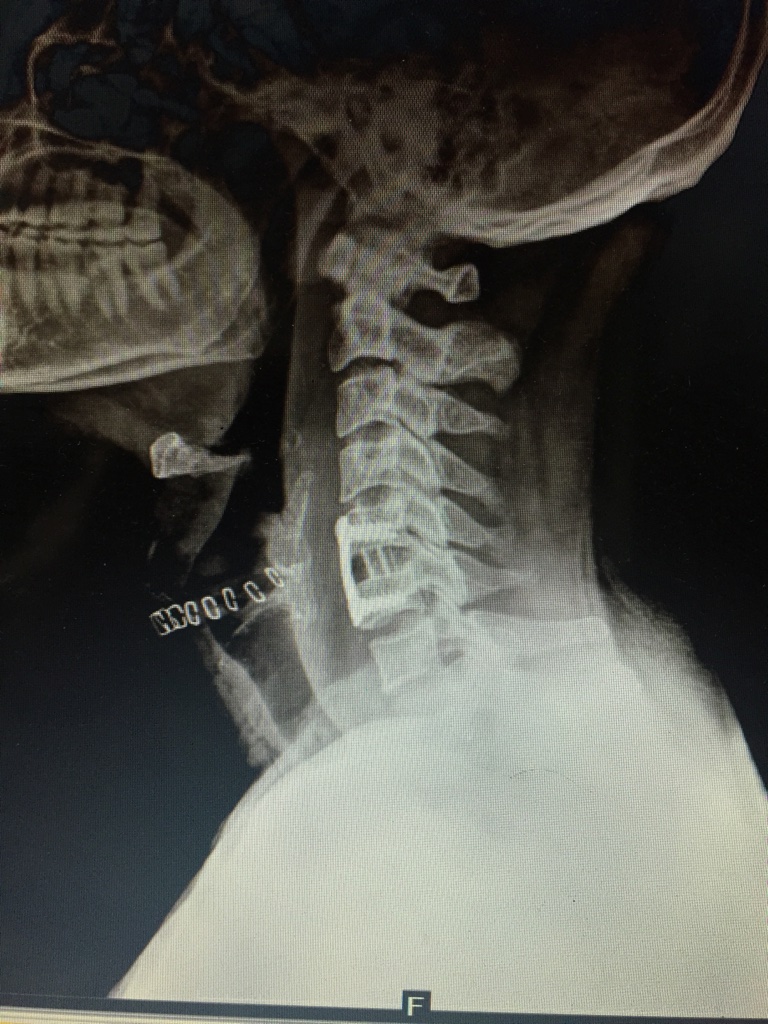
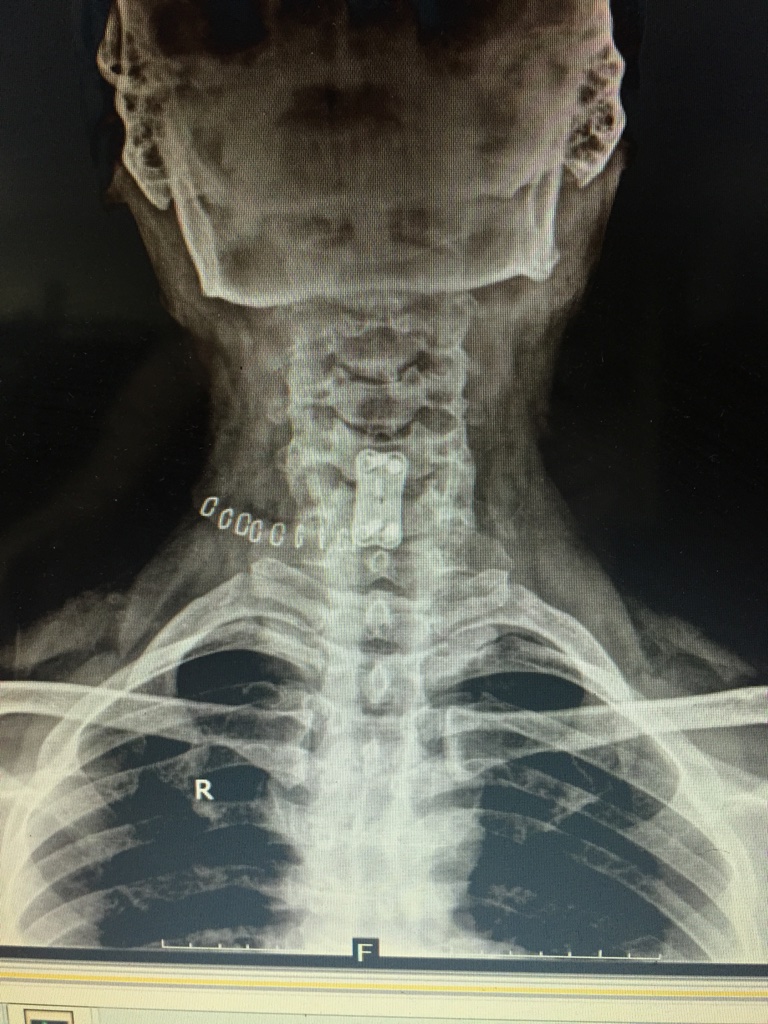
Minimal Invasive Technique applied to cervical spine surgery
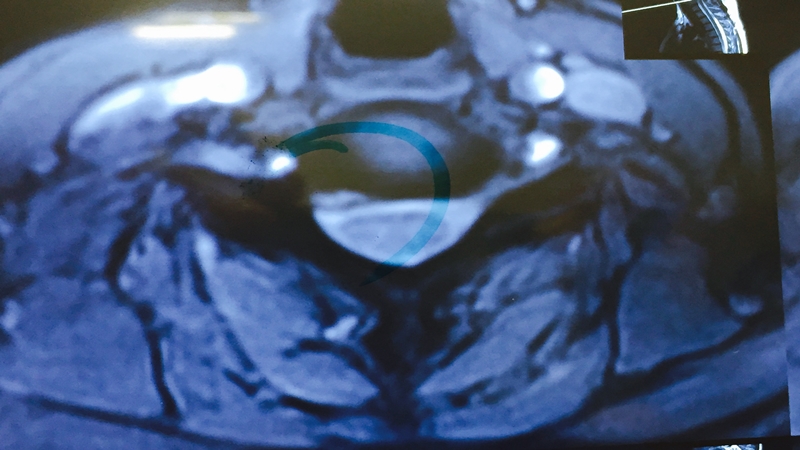
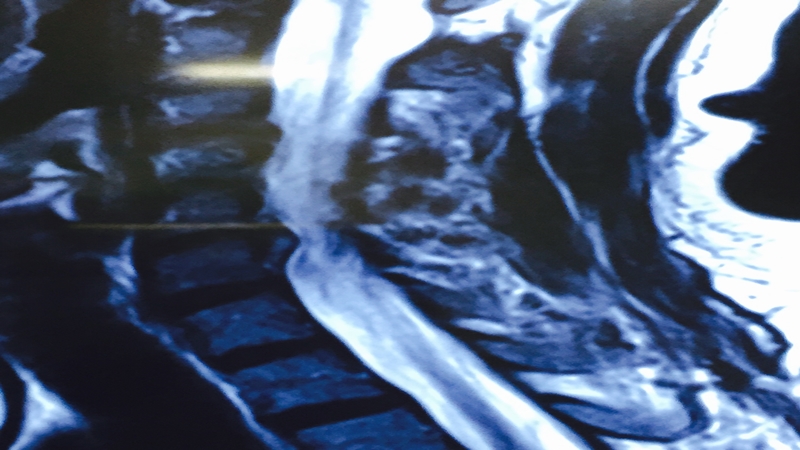
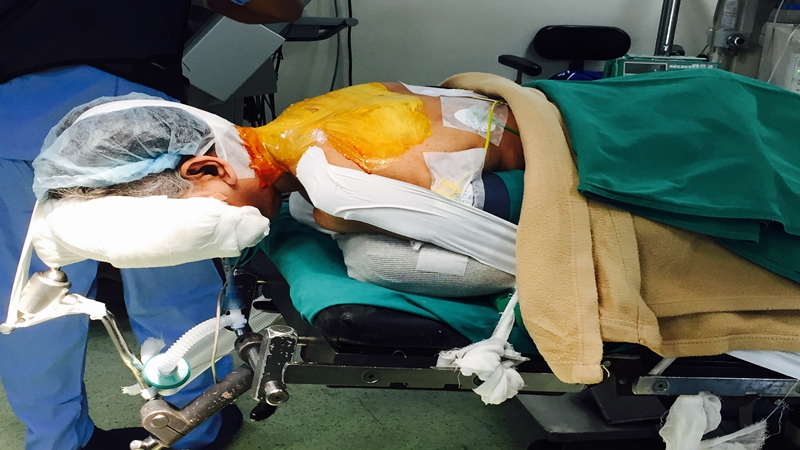
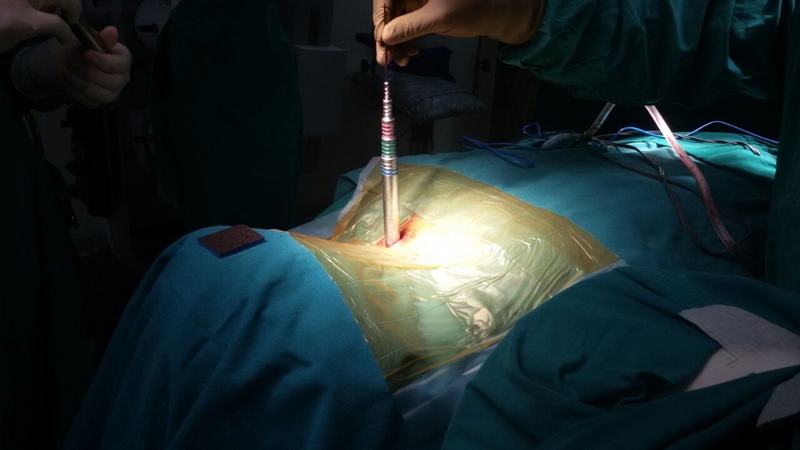
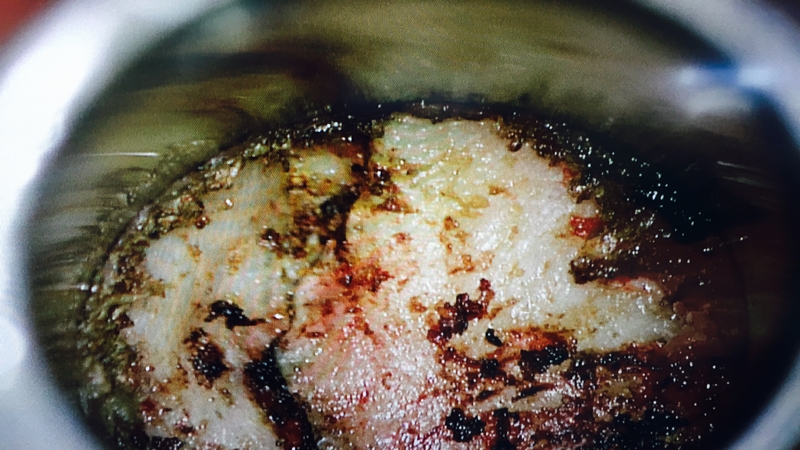
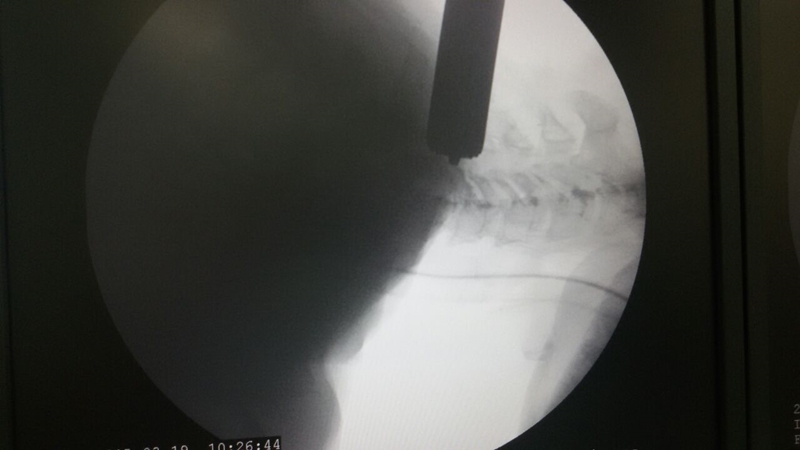
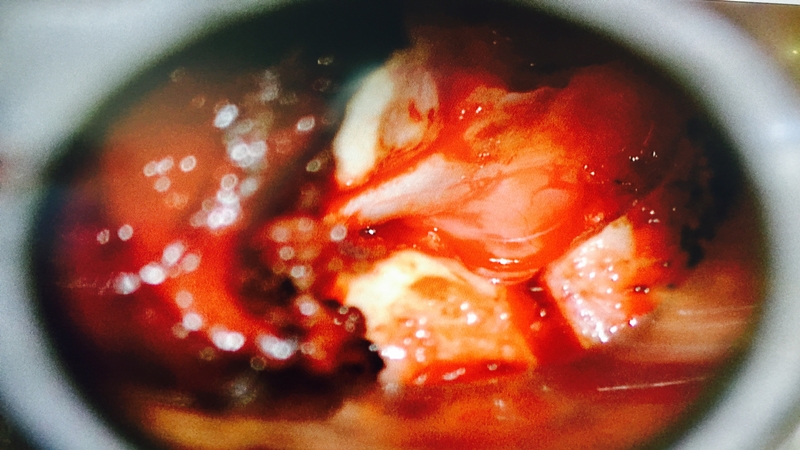
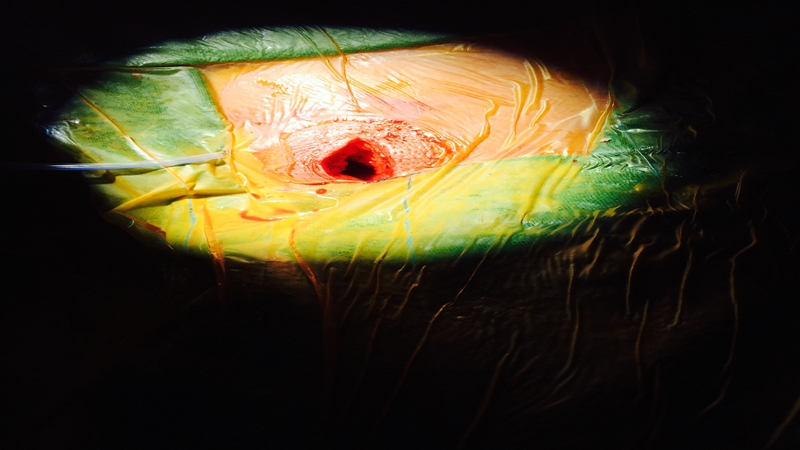
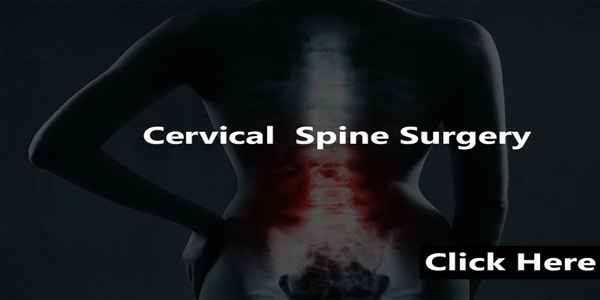
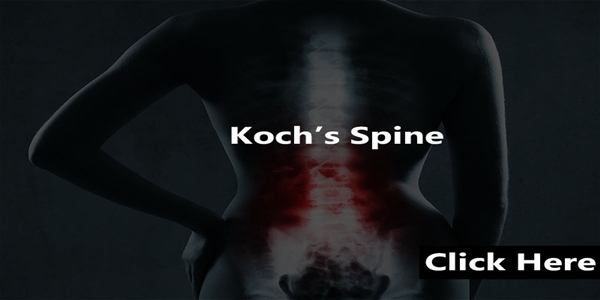
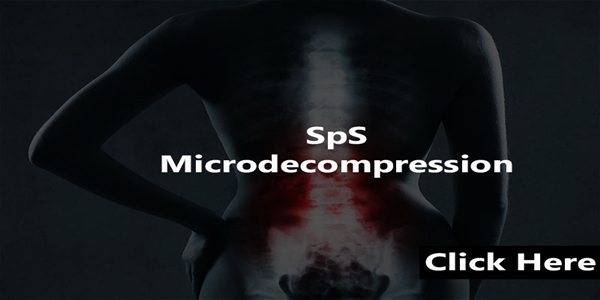


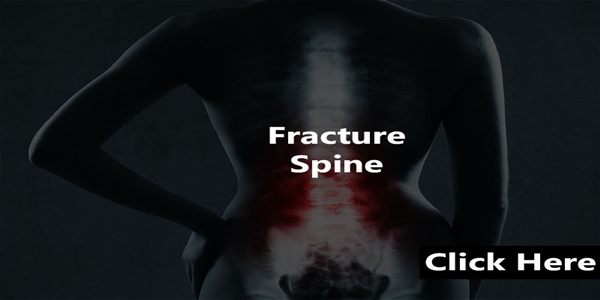



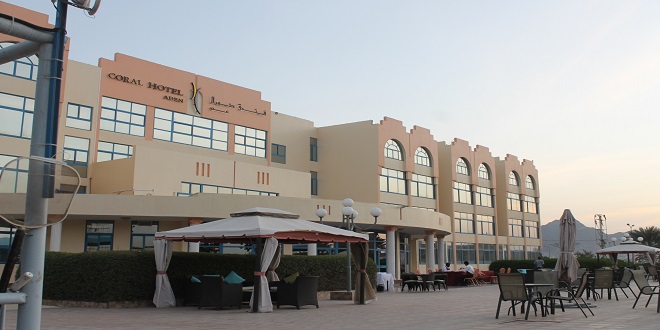
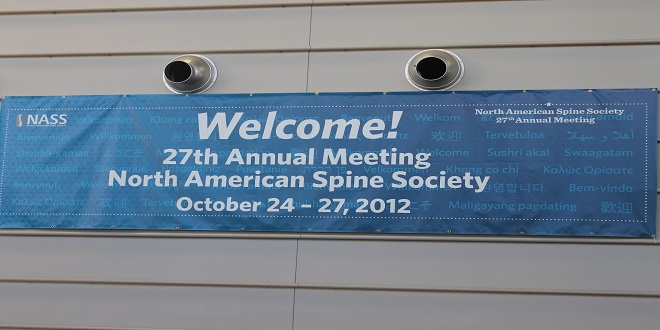
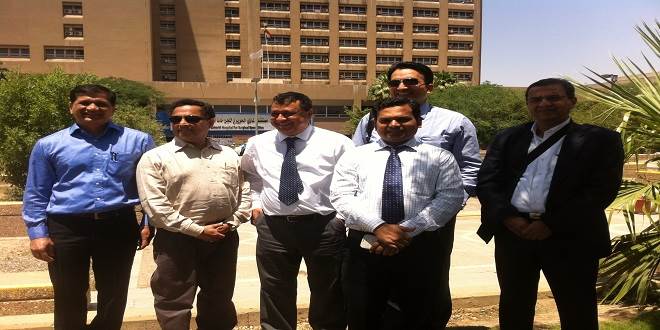
.jpg)
.jpg)
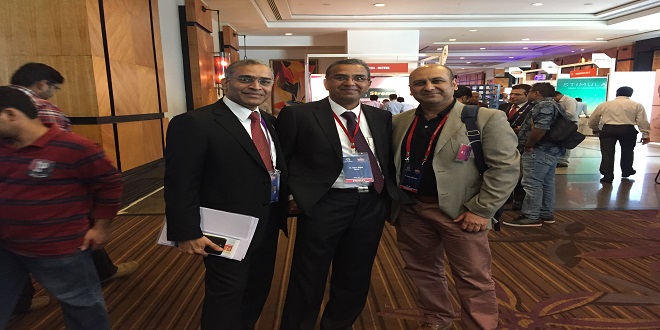
Fortis Hospitals
Mulund Goregaon Link Road,
Mulund-400 078, Mumbai
Tel- 91-22-43654365
Spine care Clinic
303,Neptune-Uptown,N.S road,
Mulund(West)-400080, Mumbai
Mobile: - 9821052348